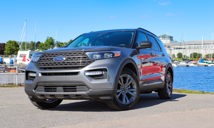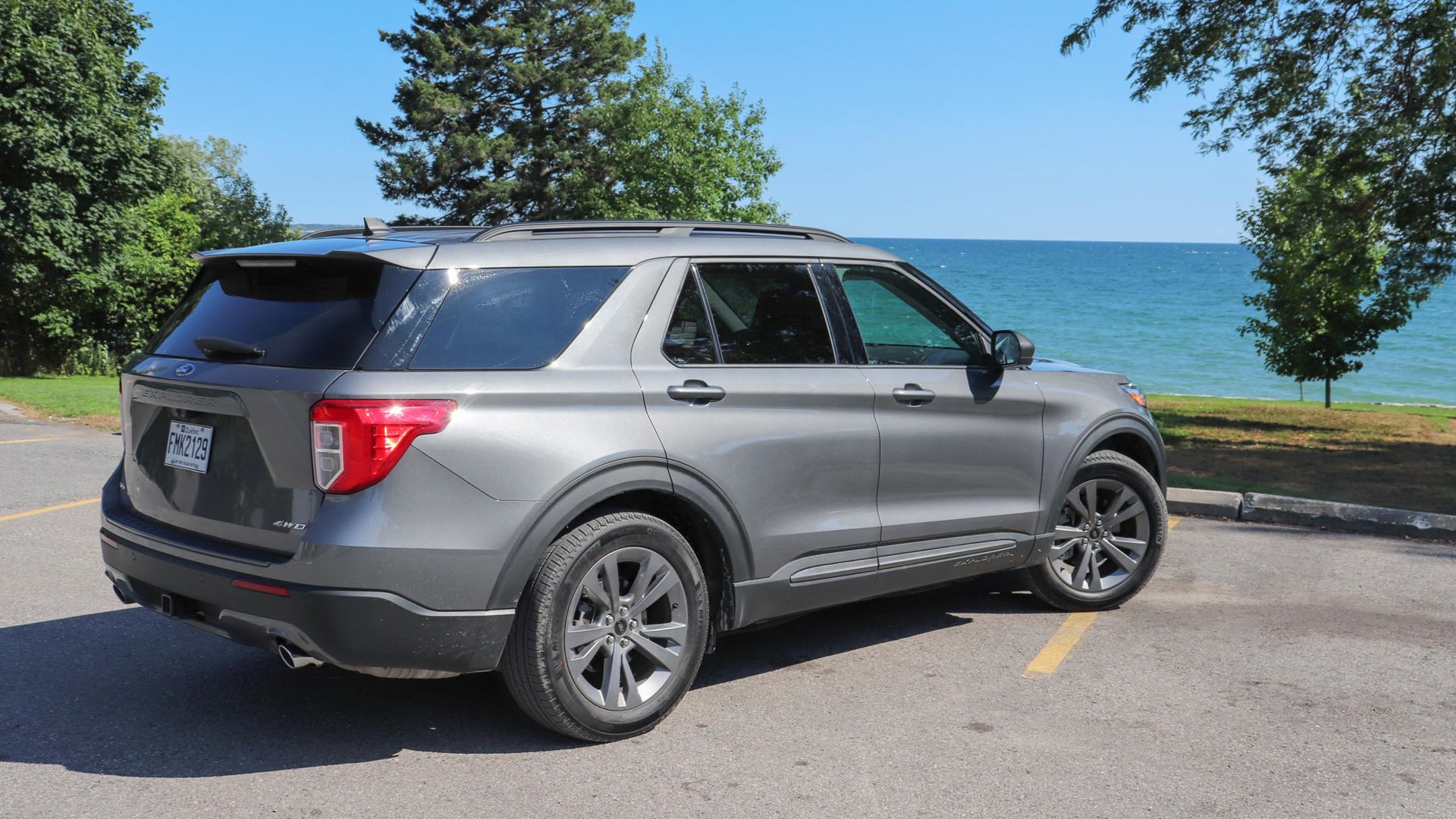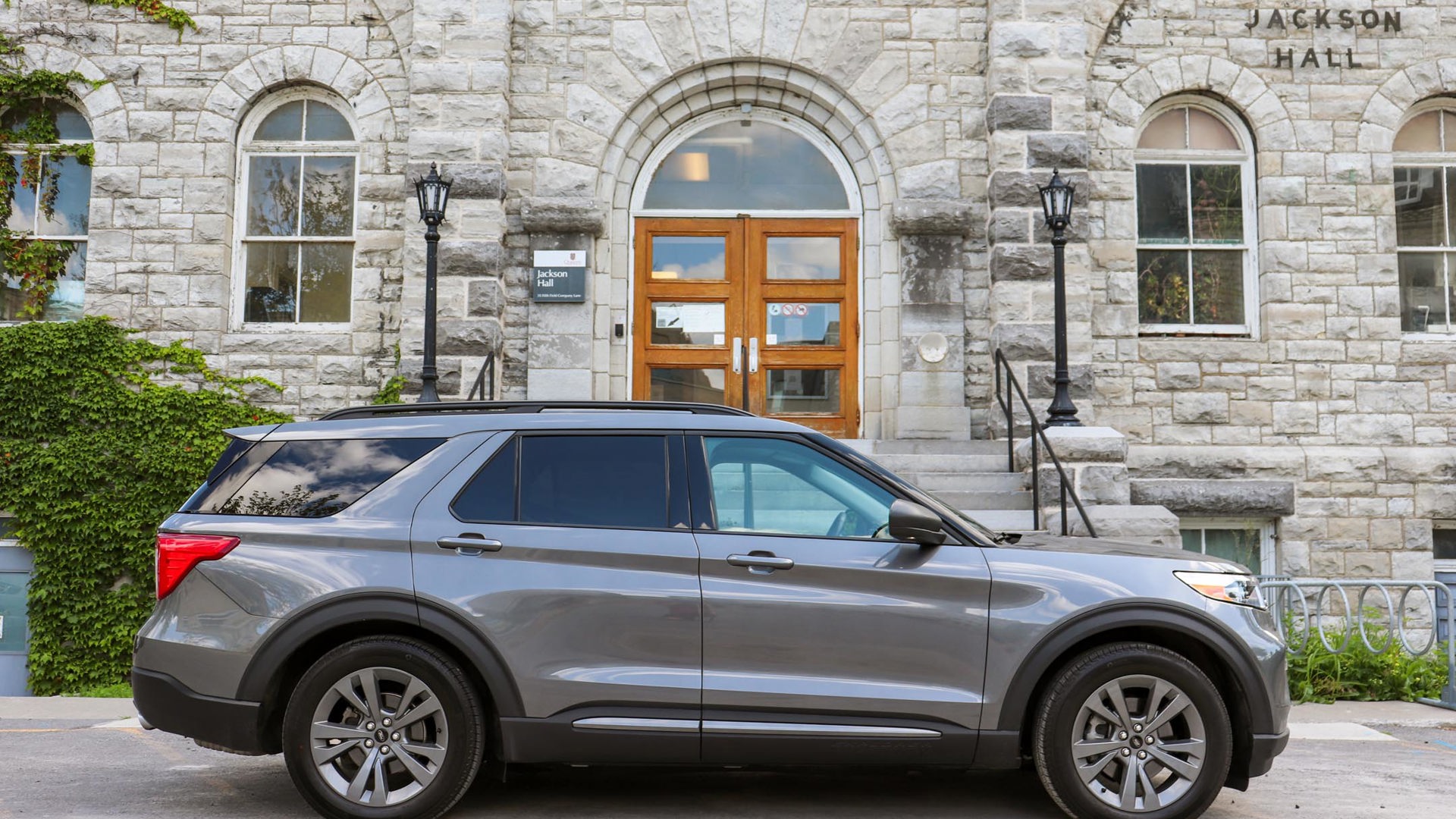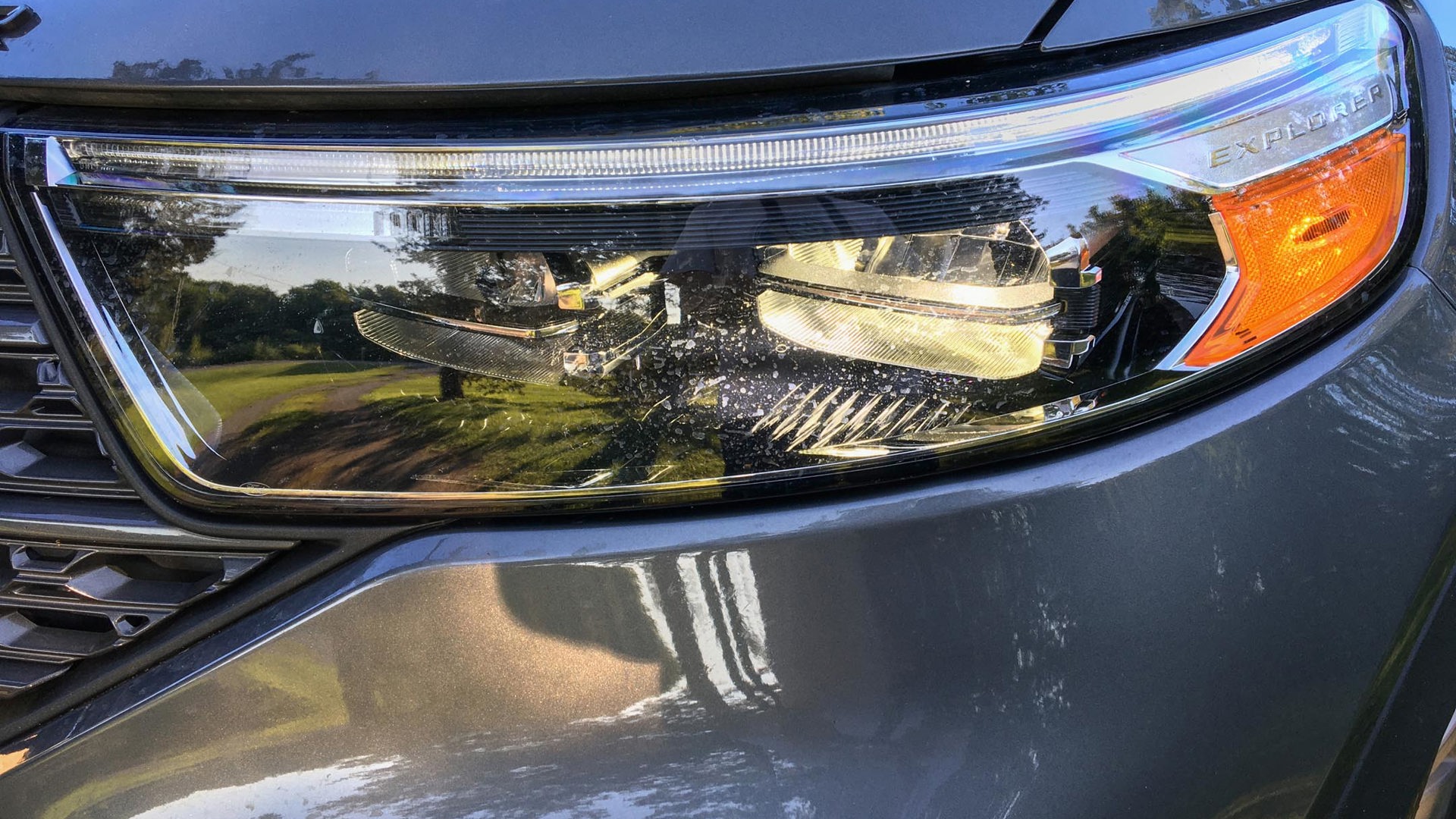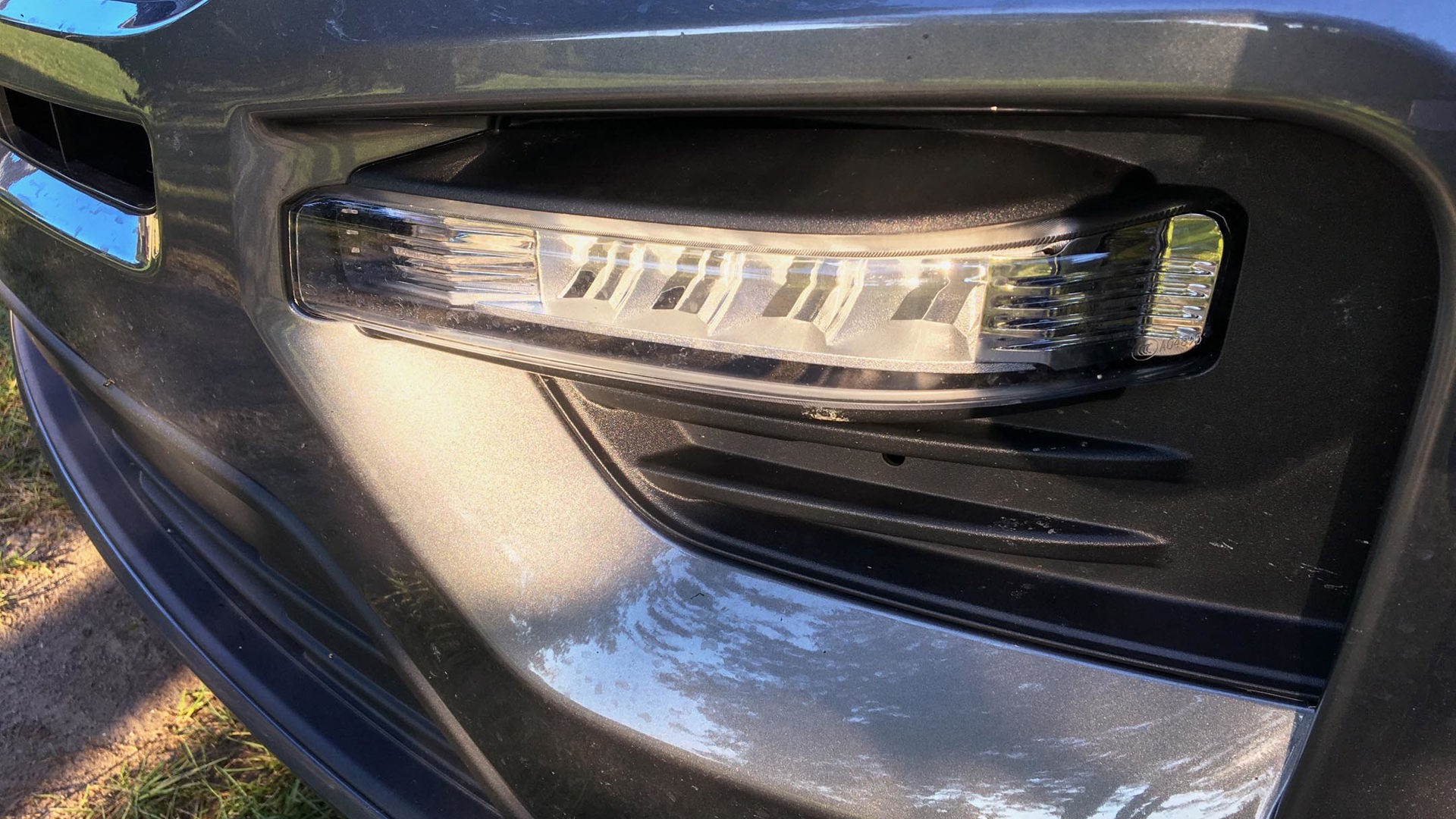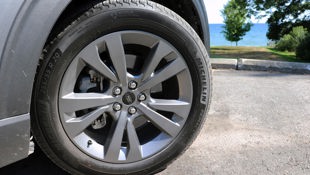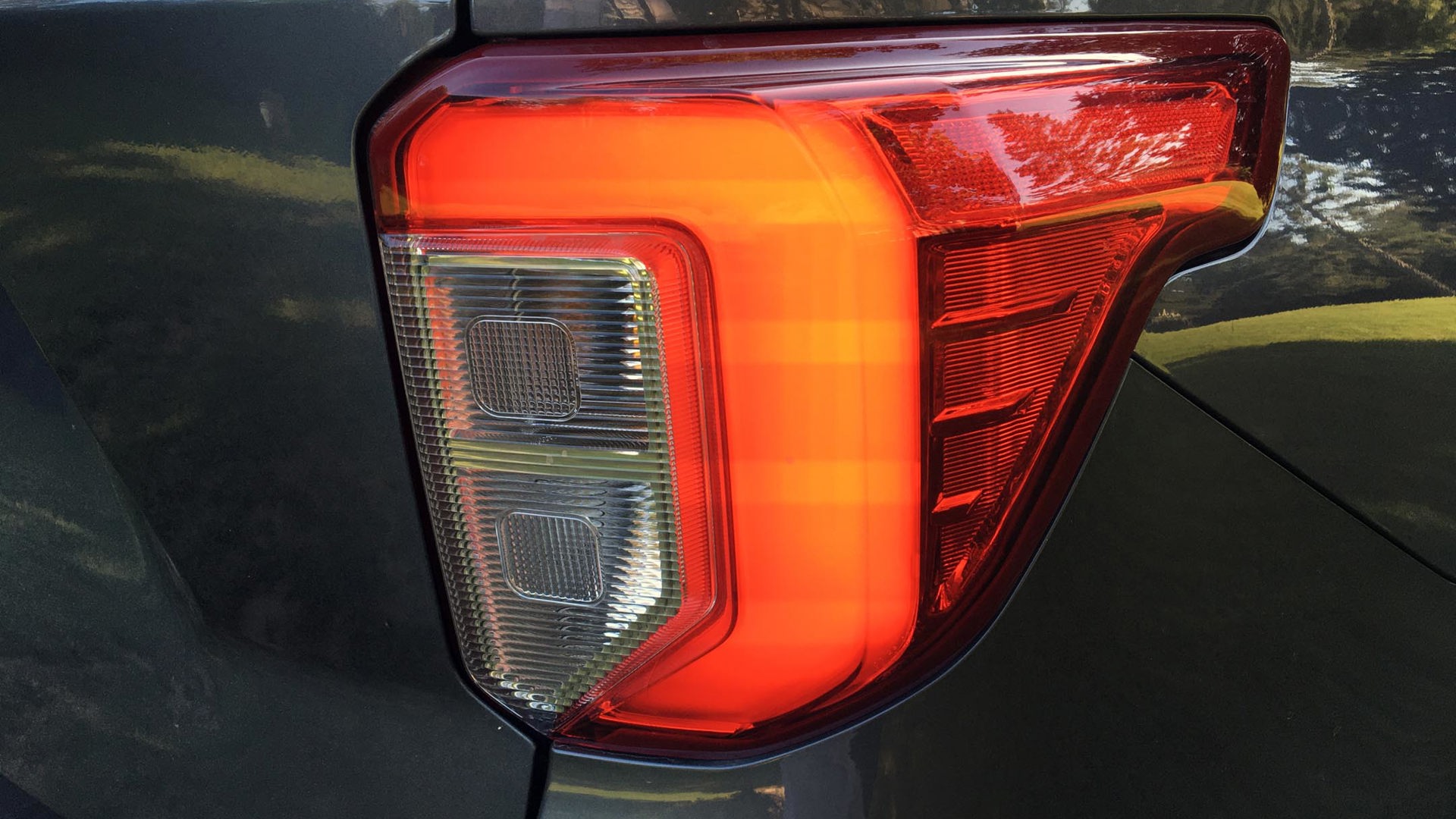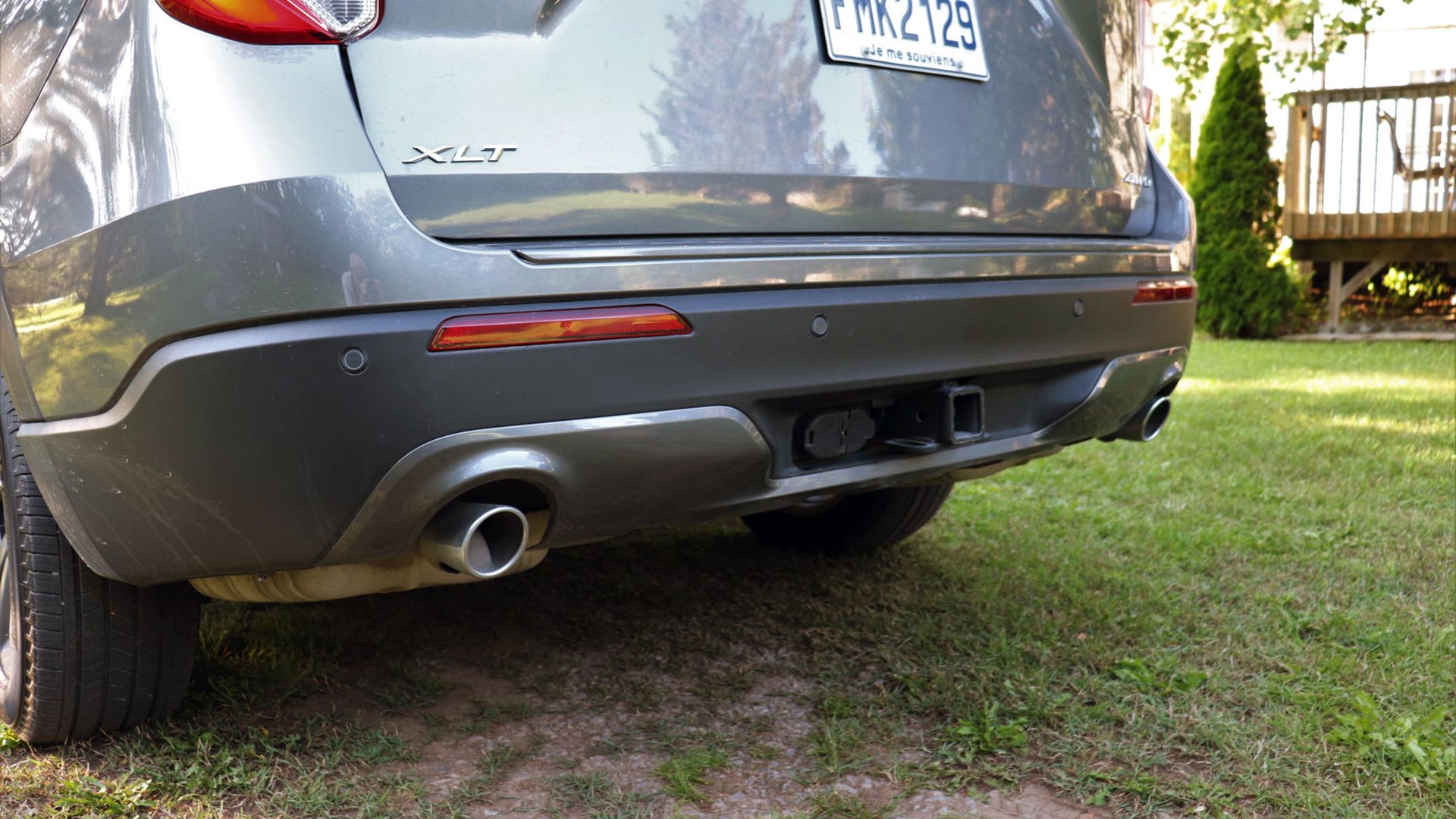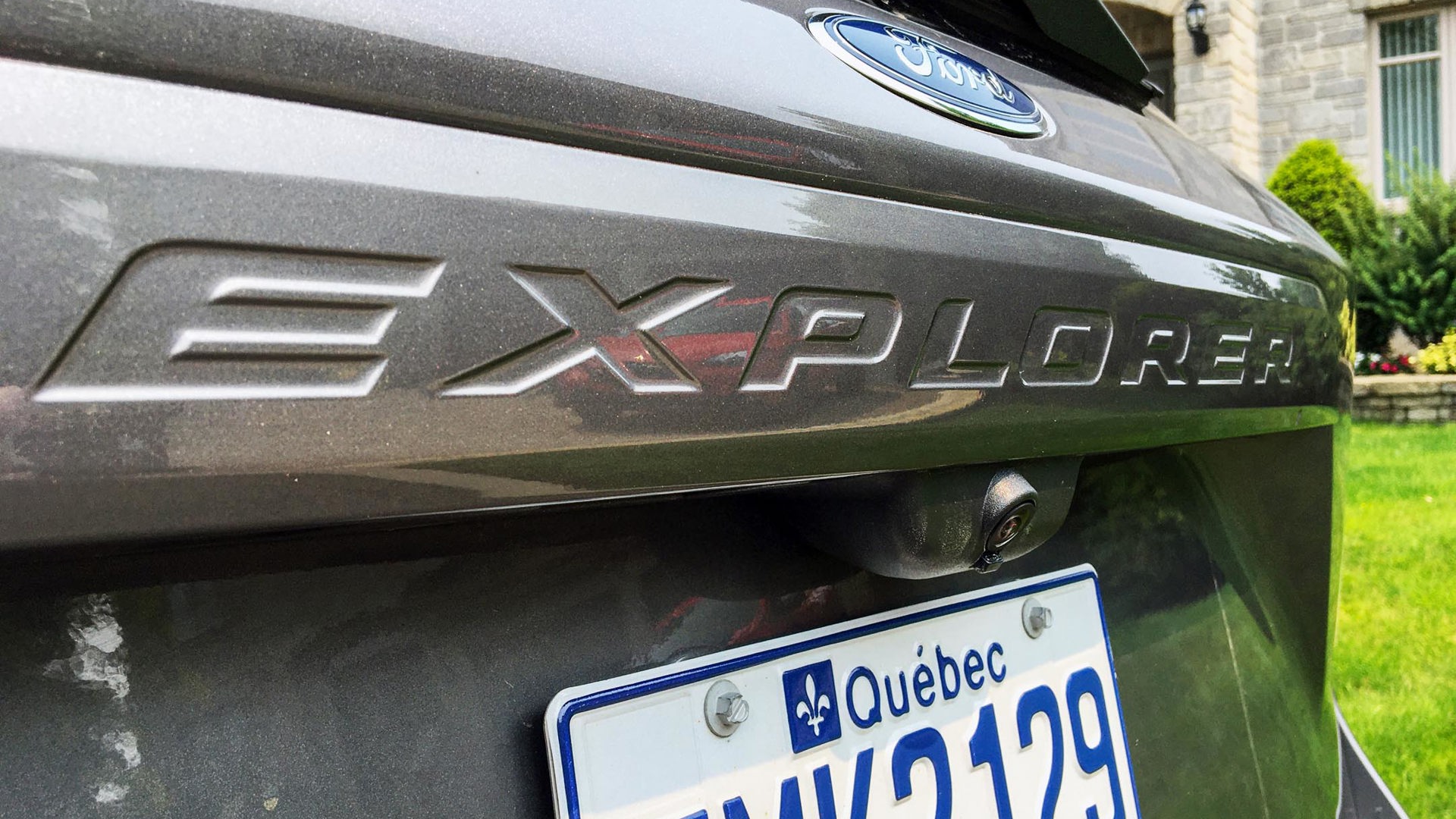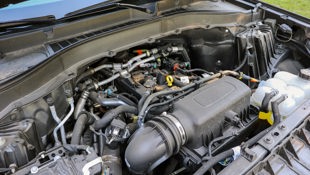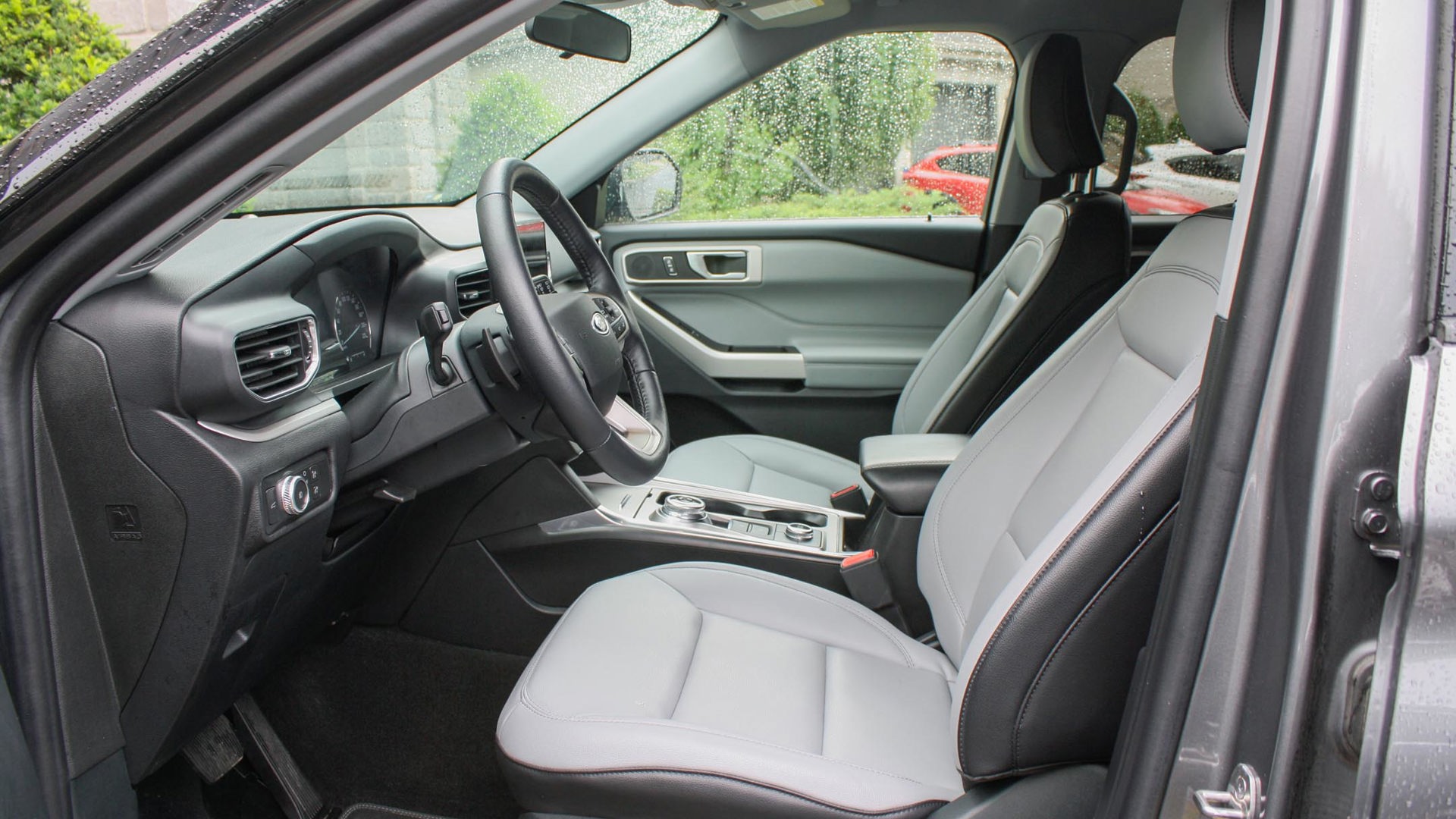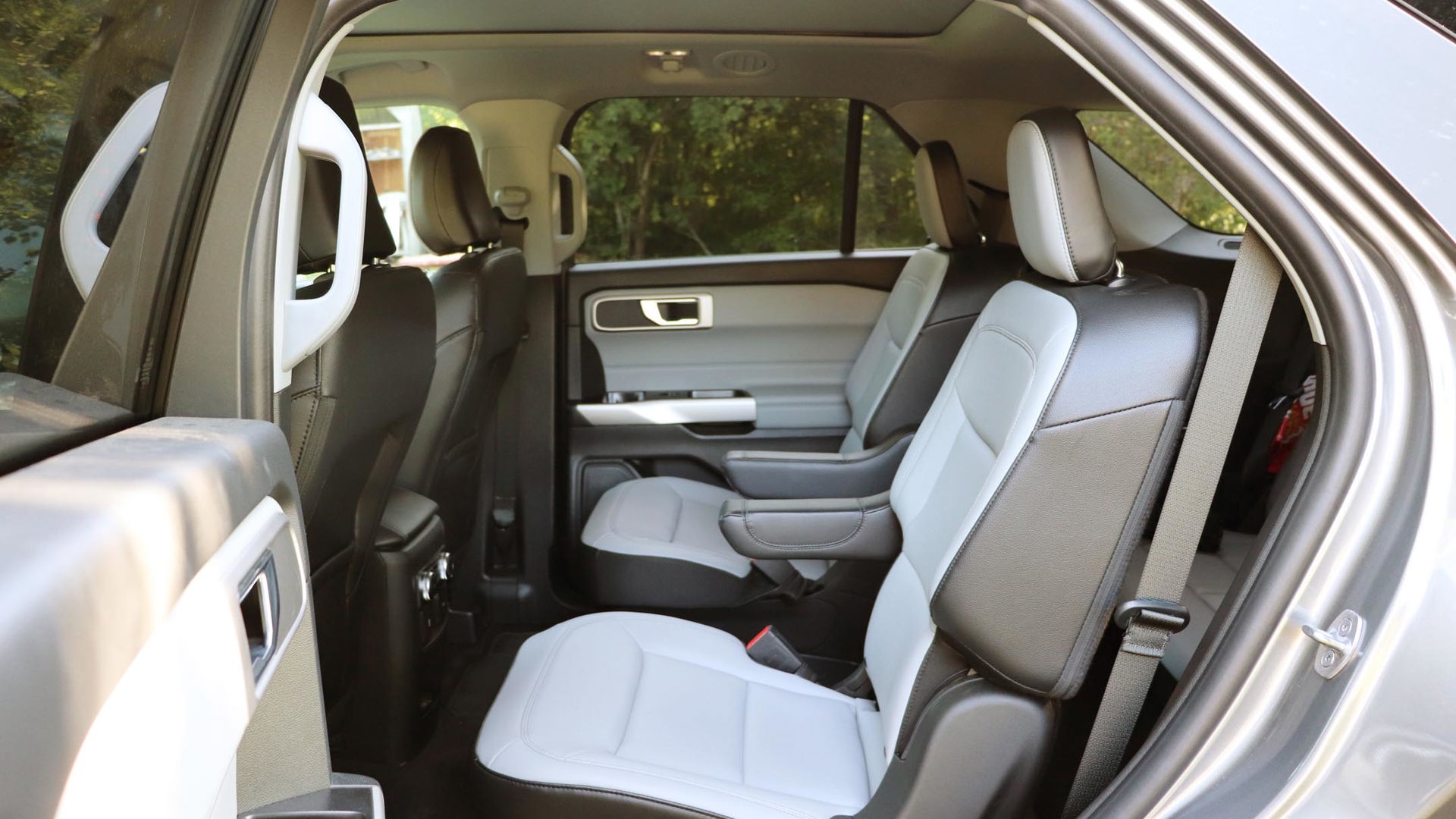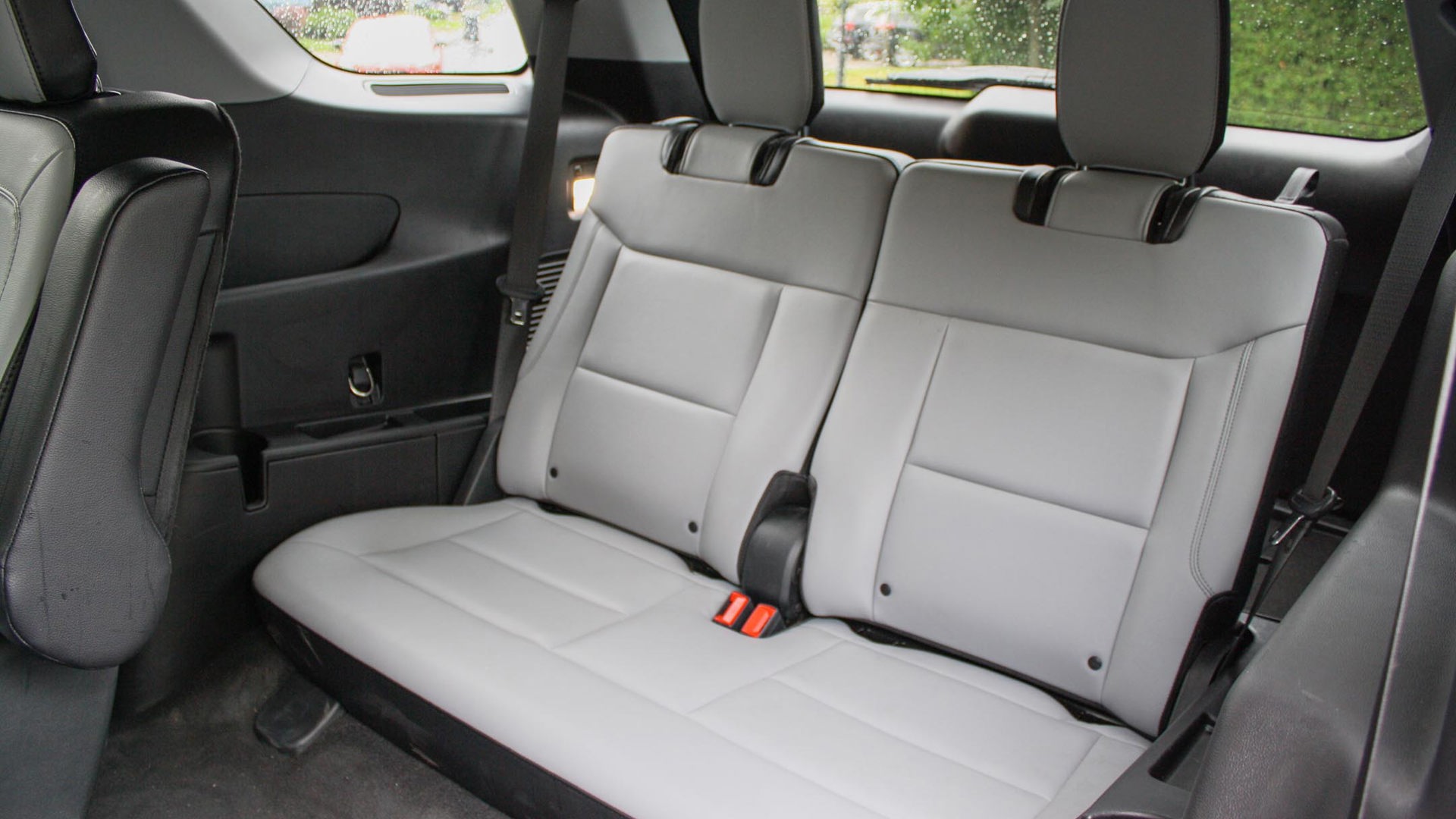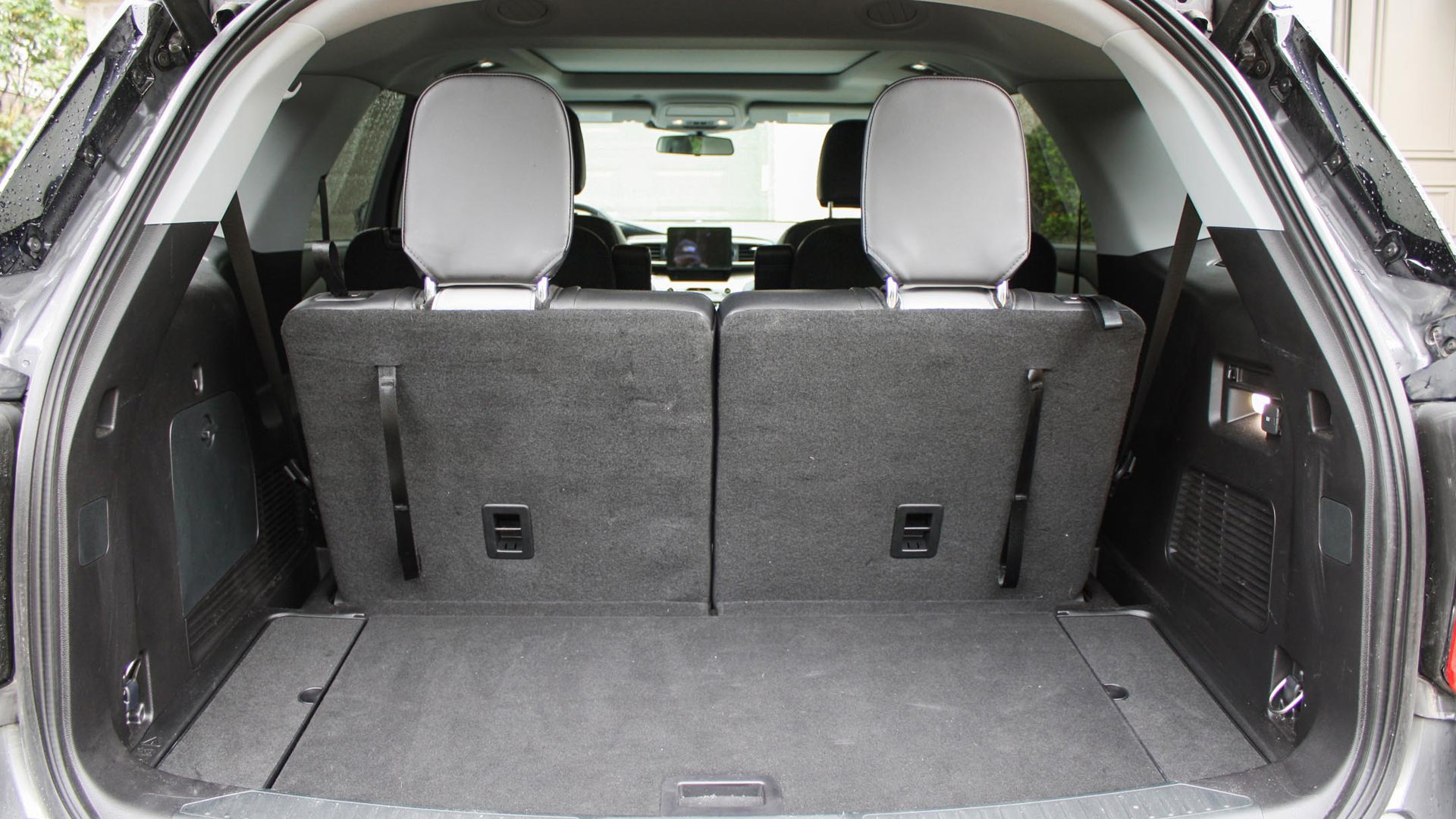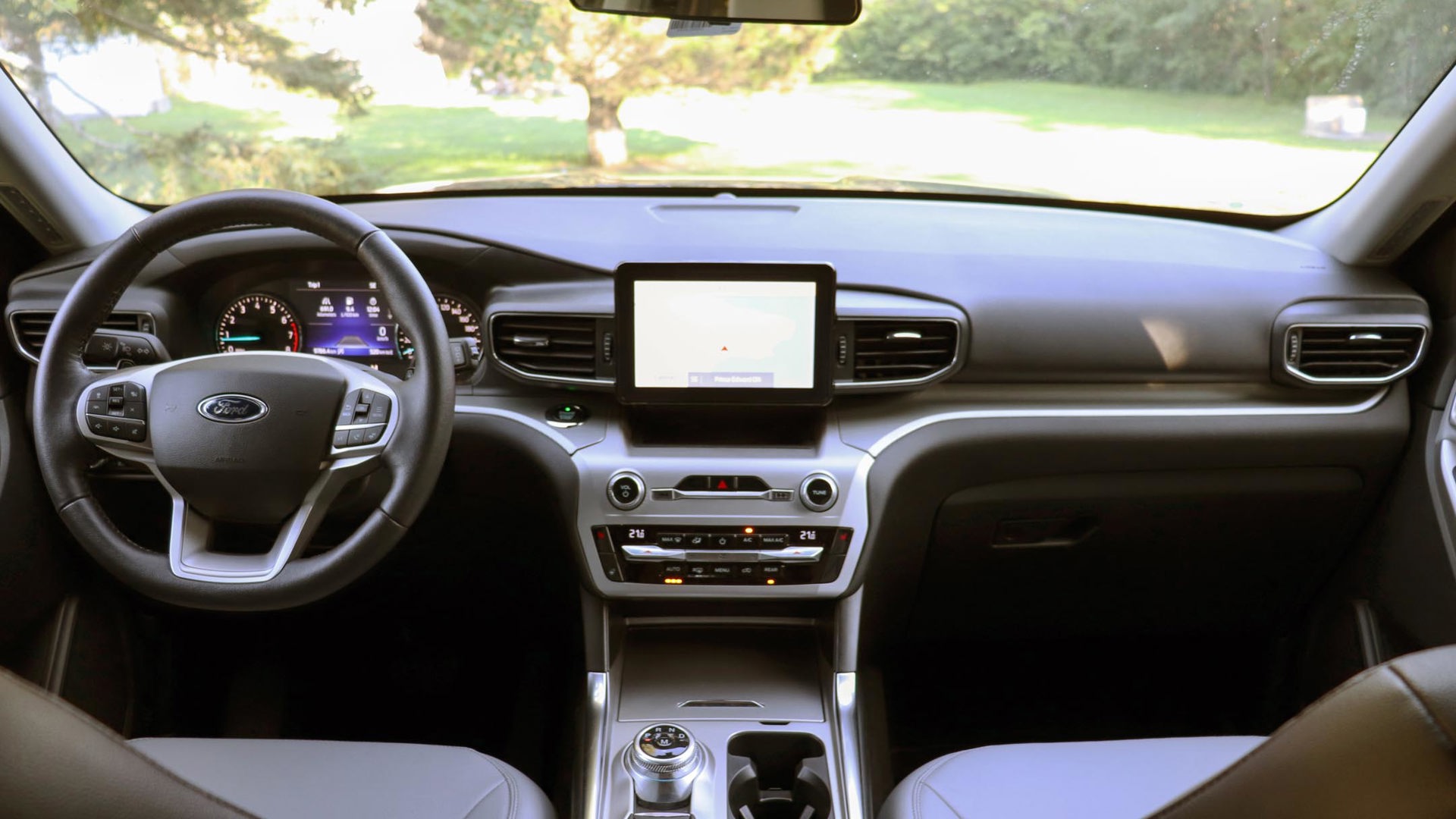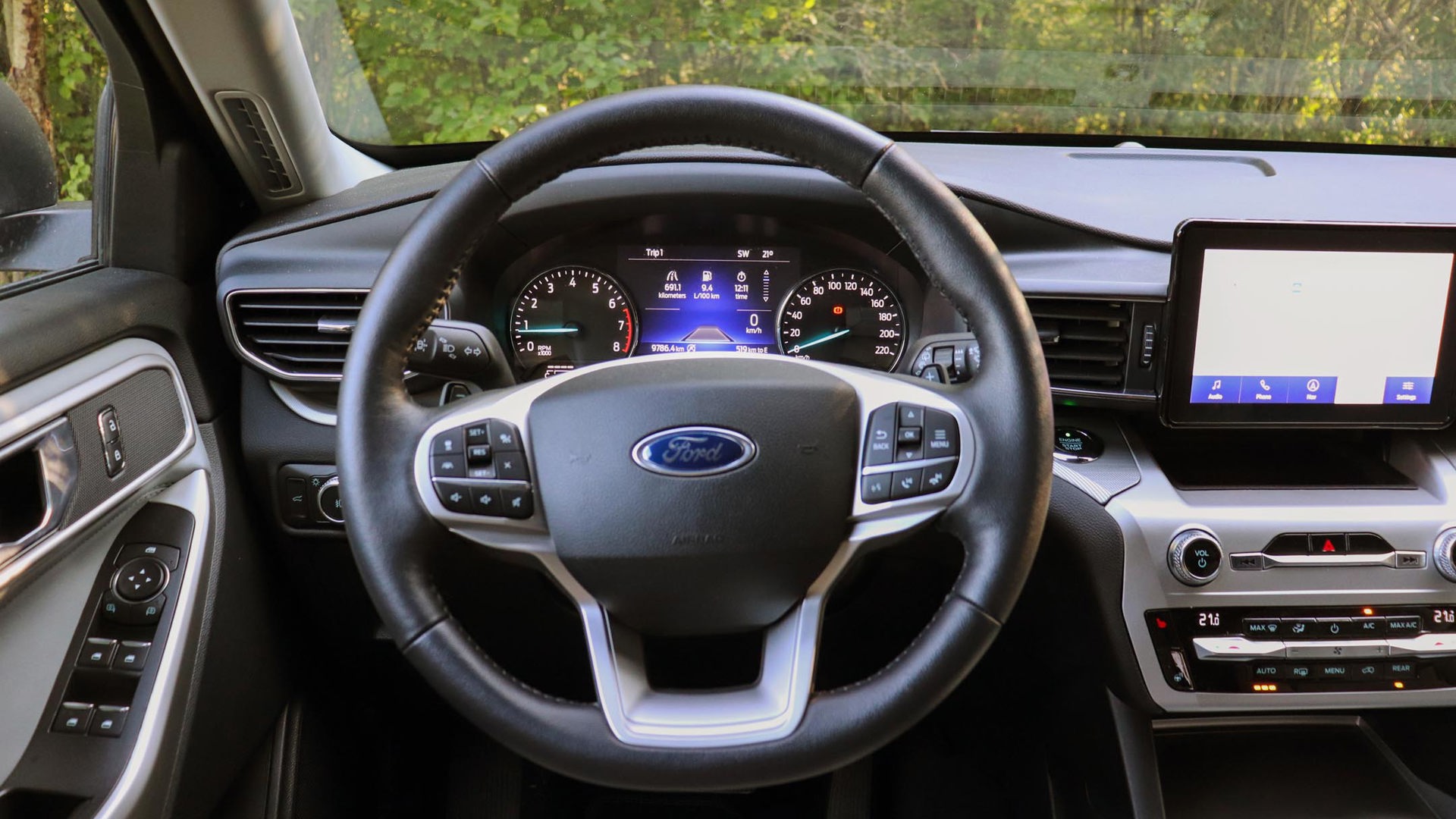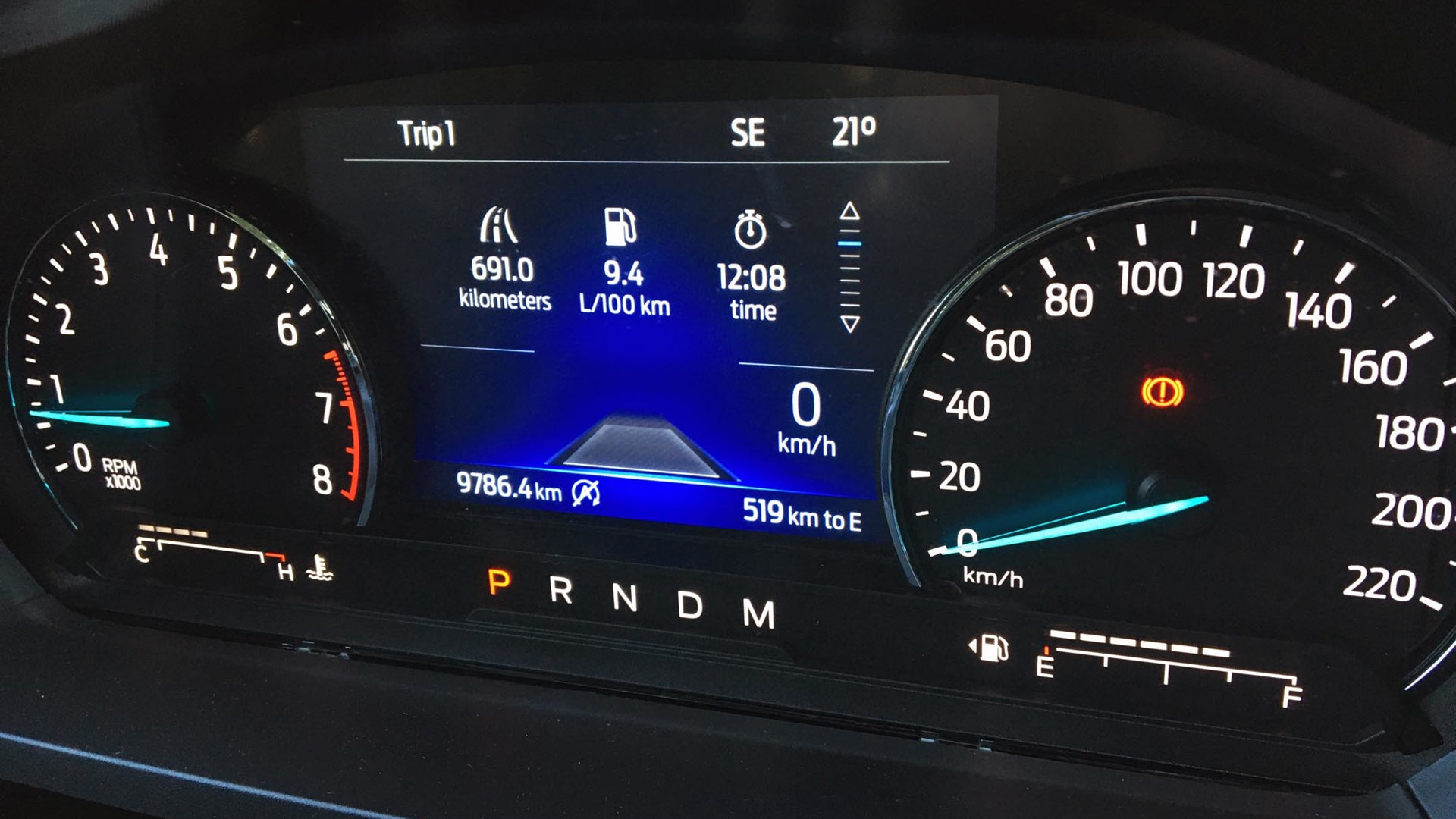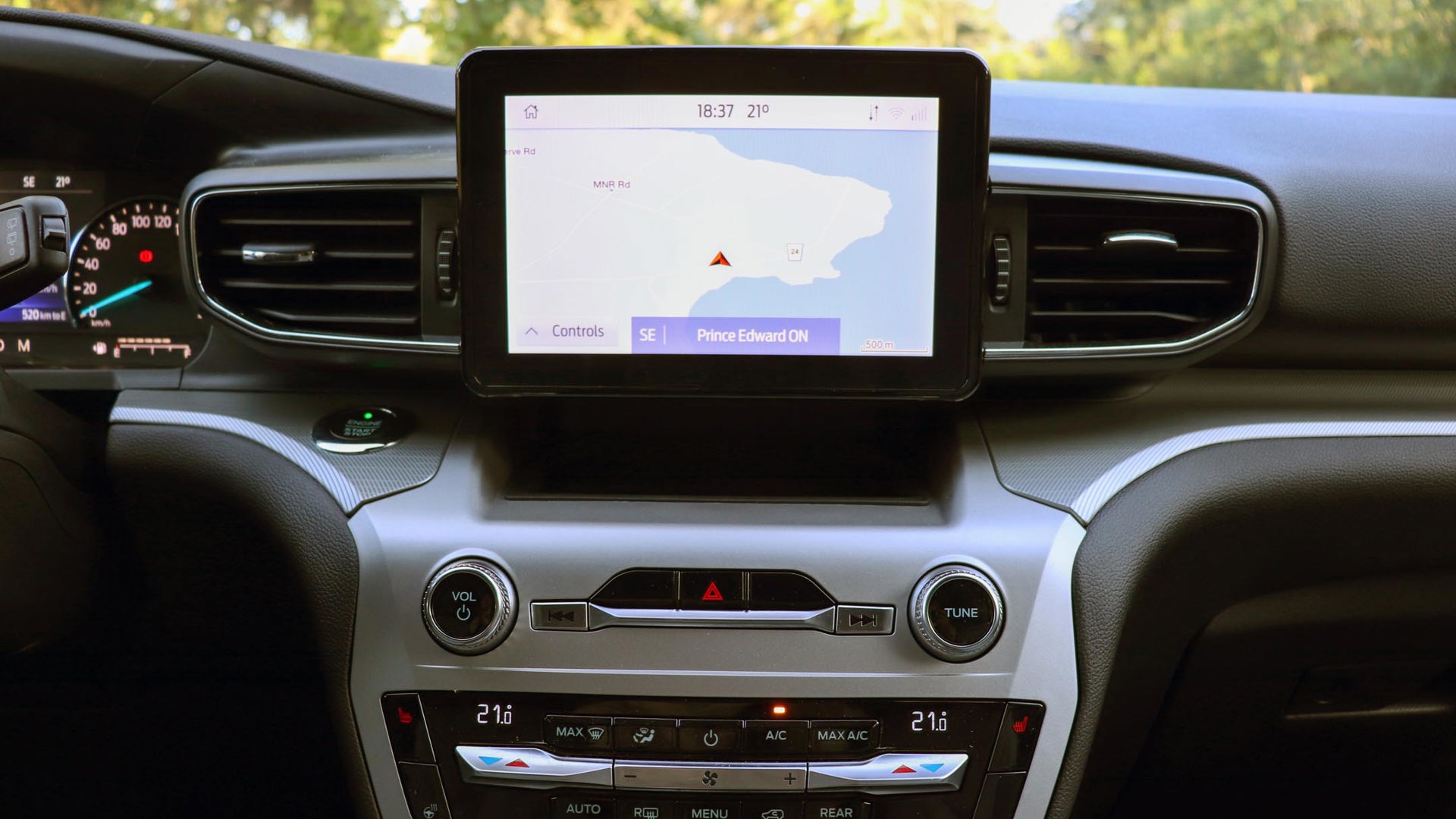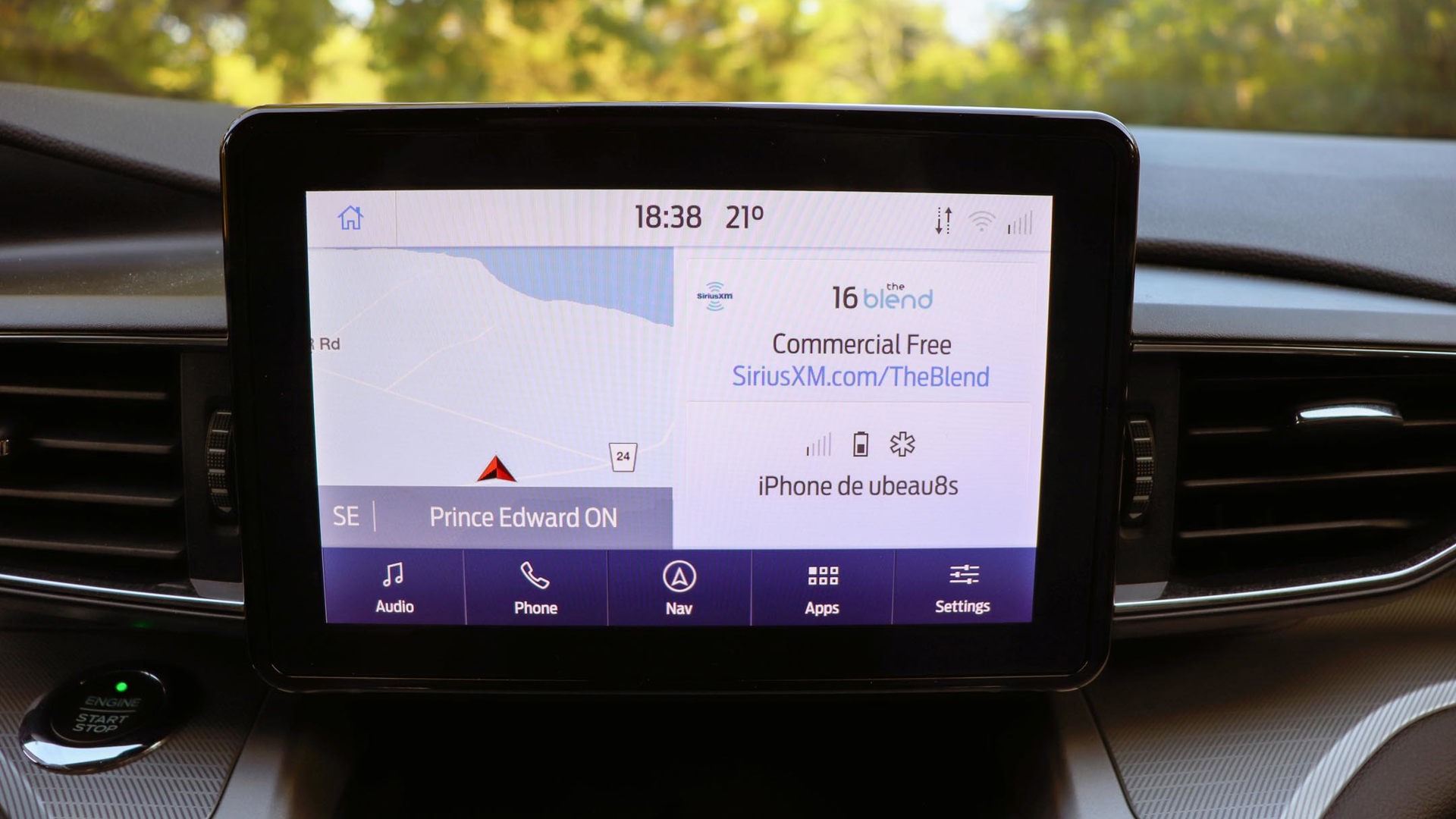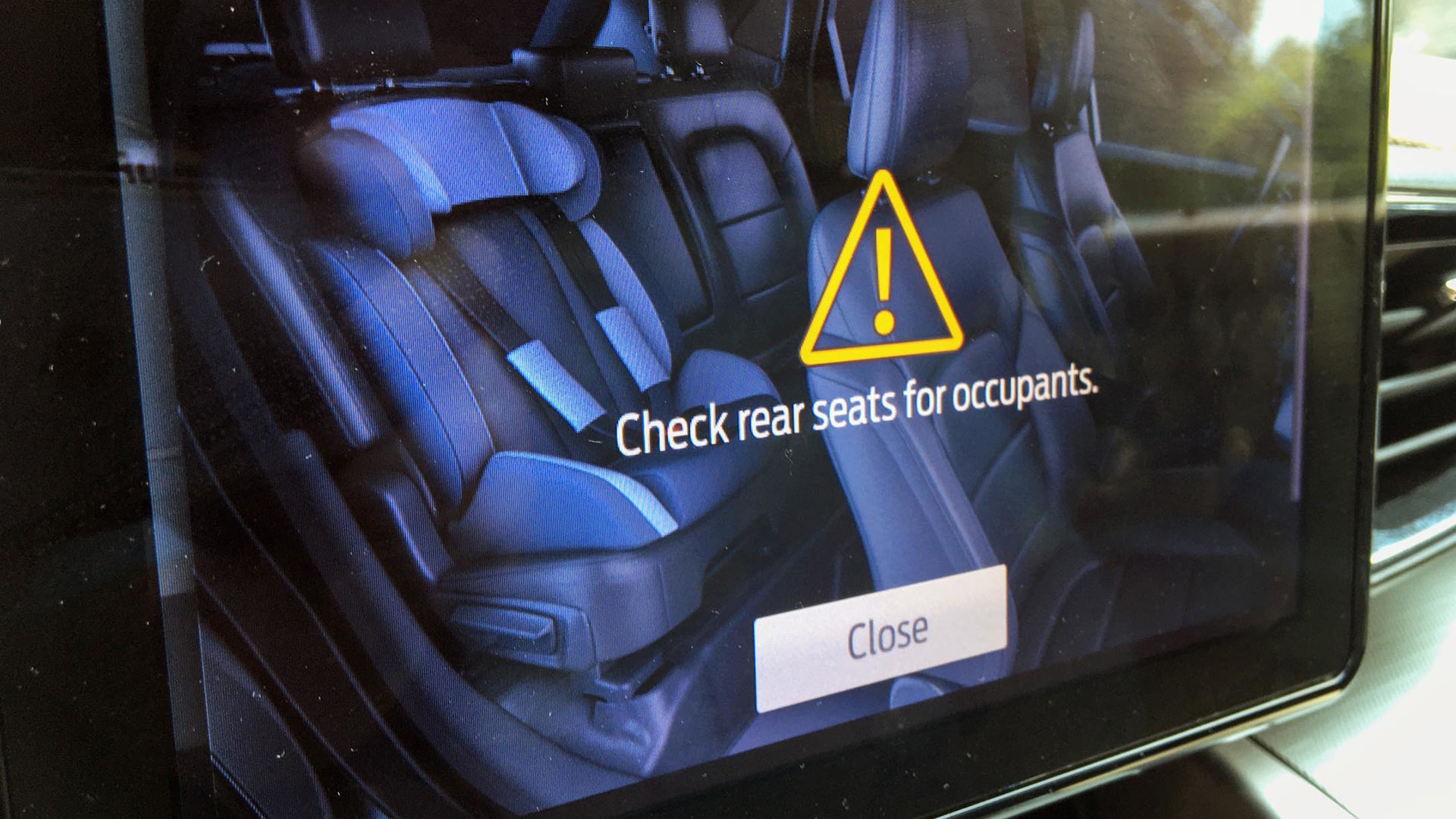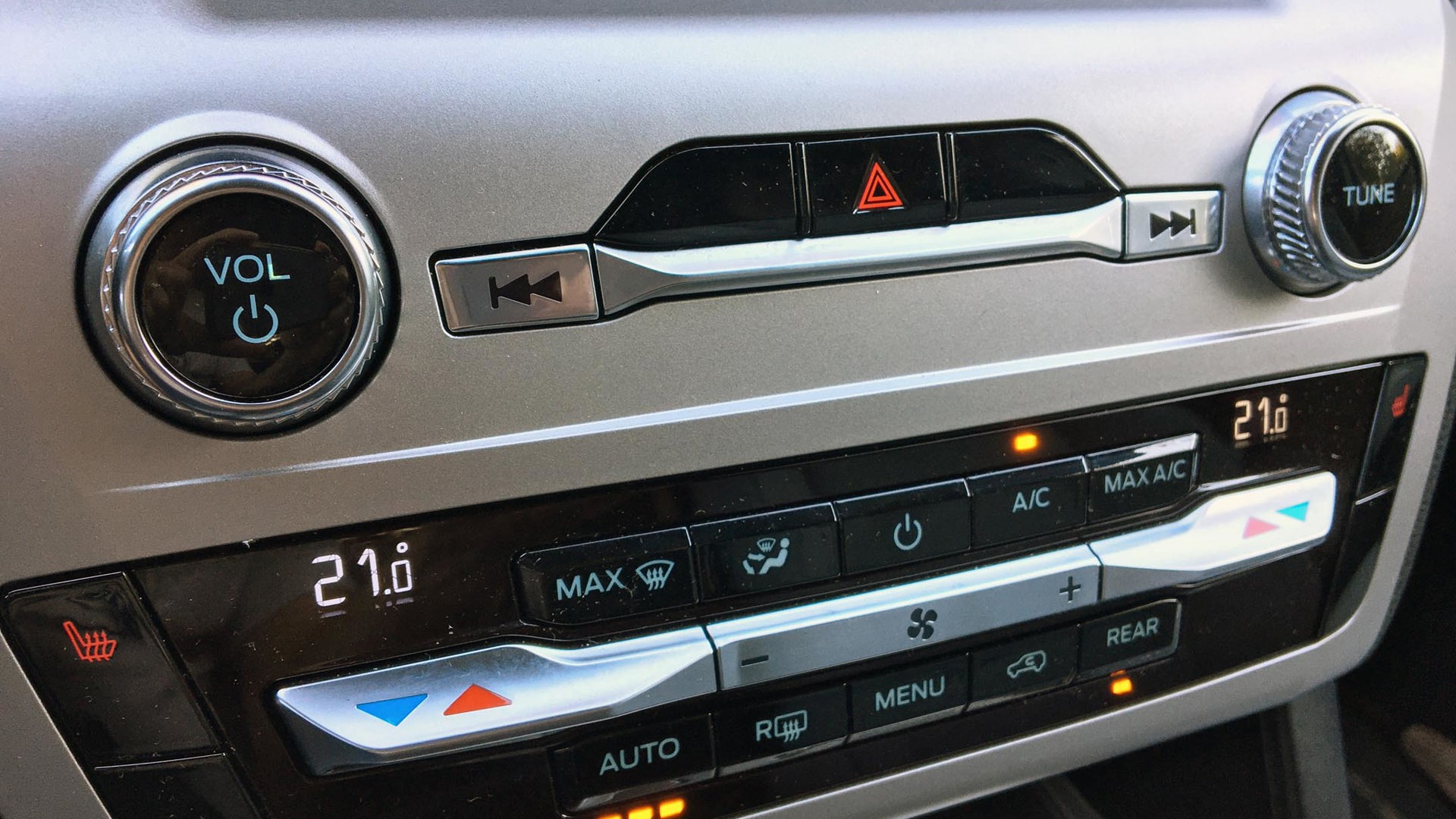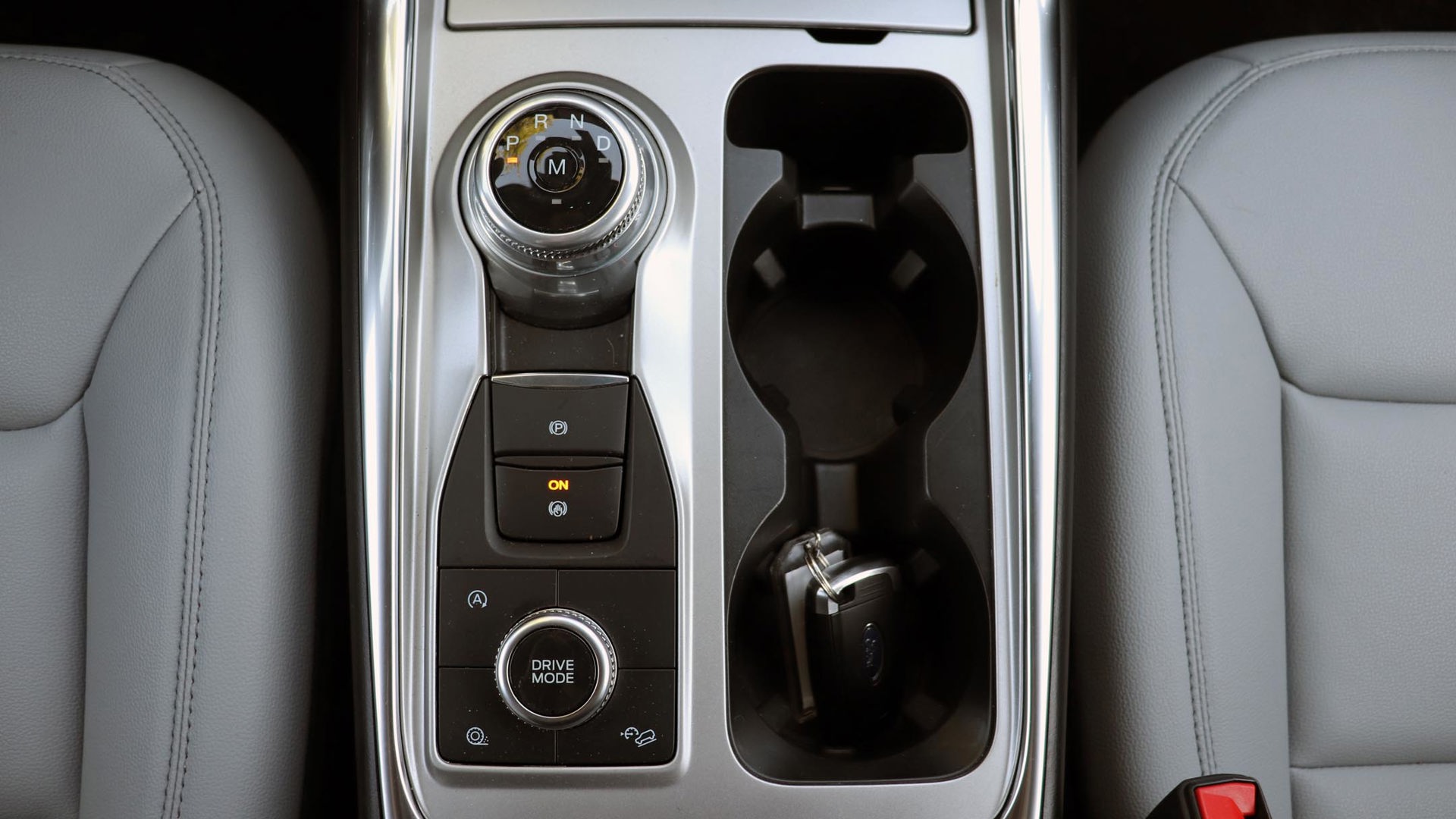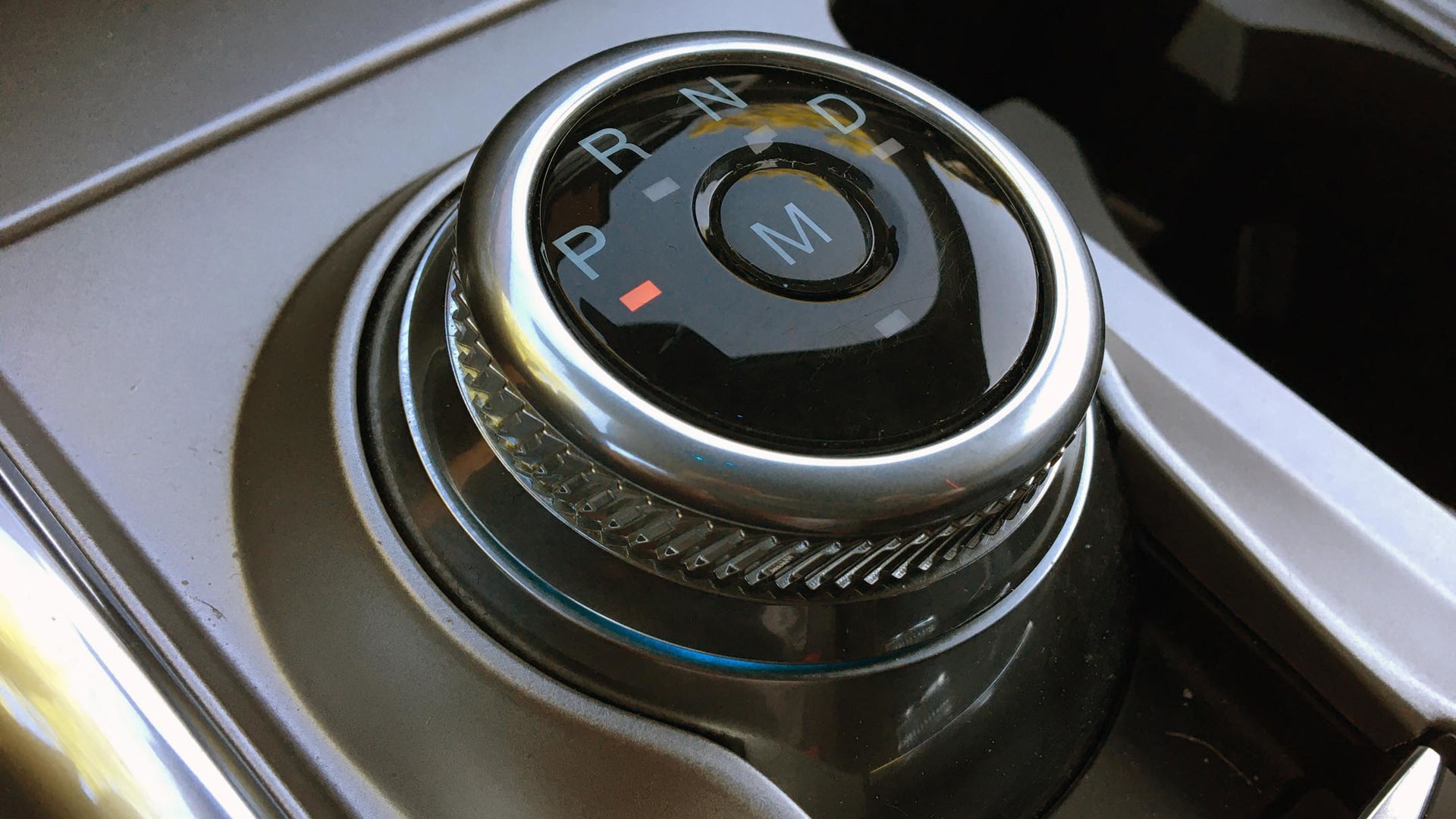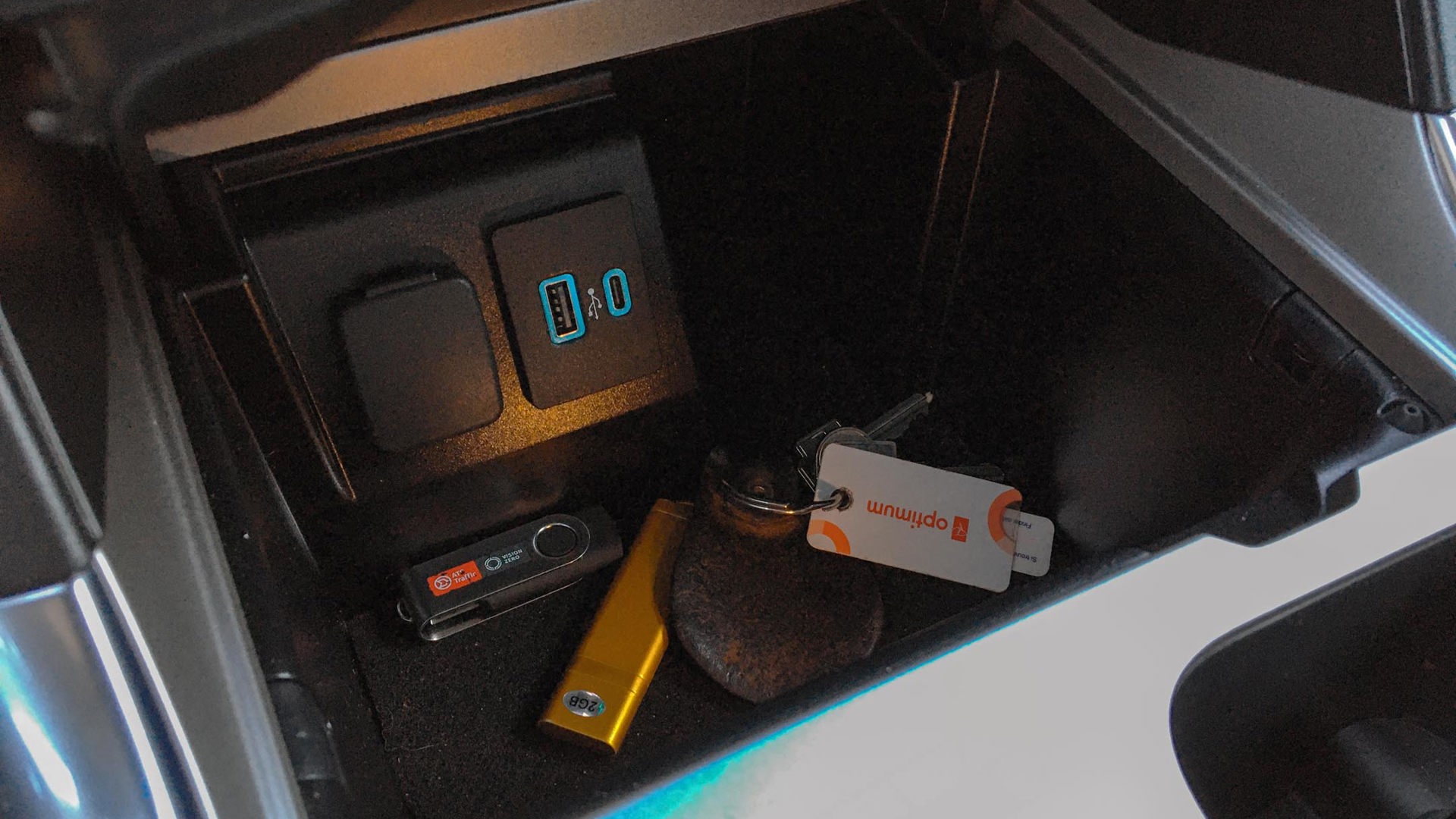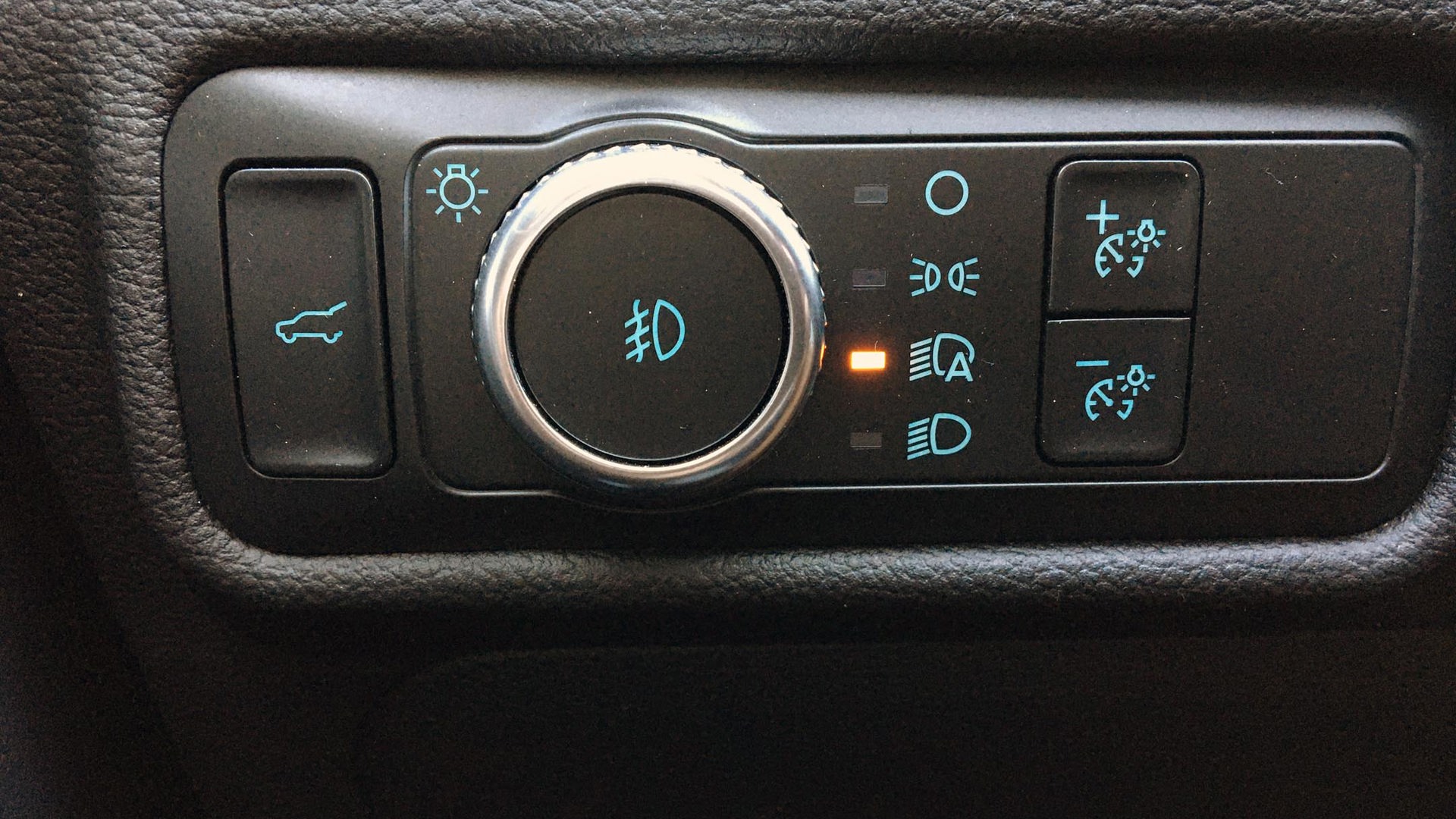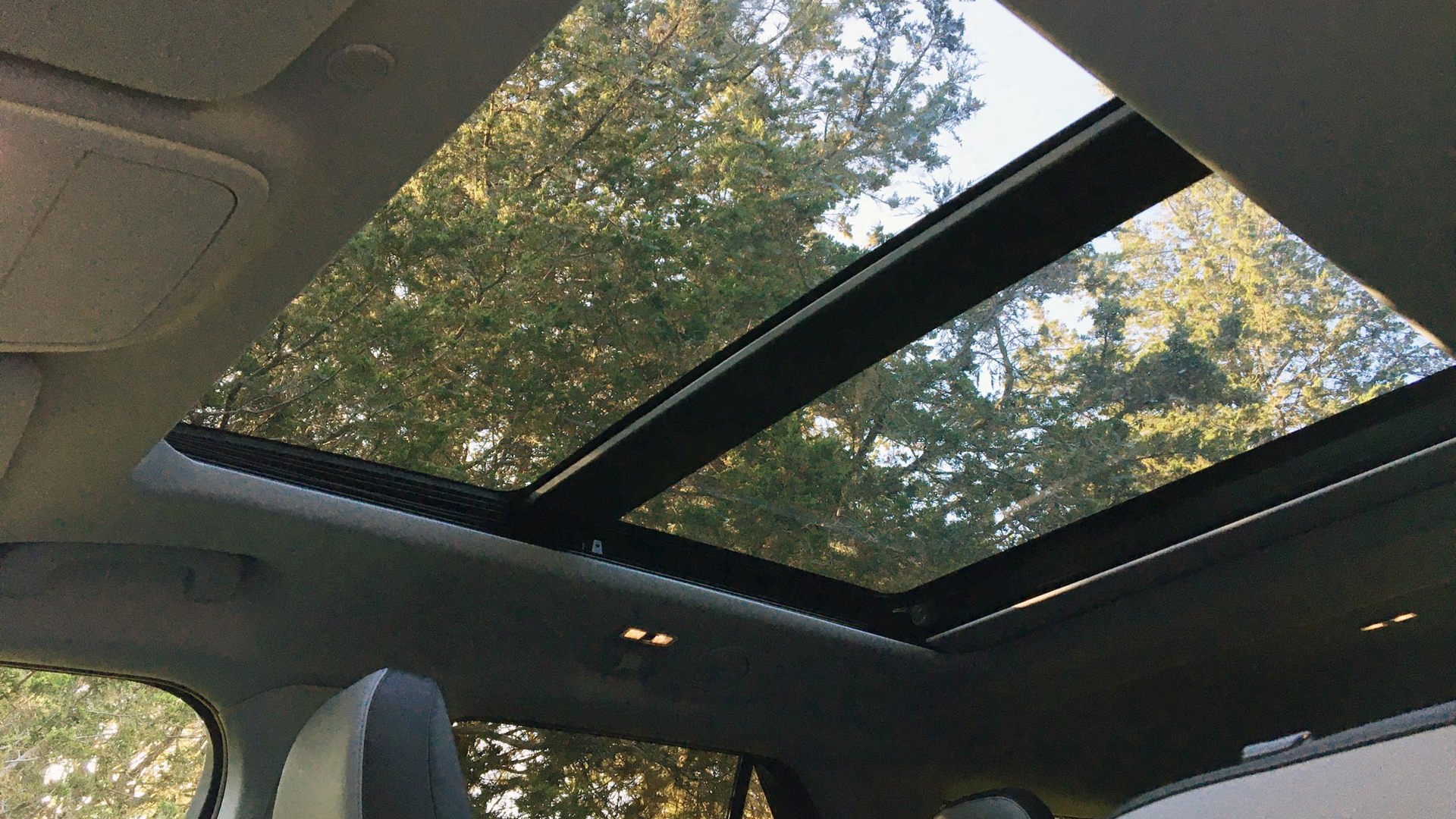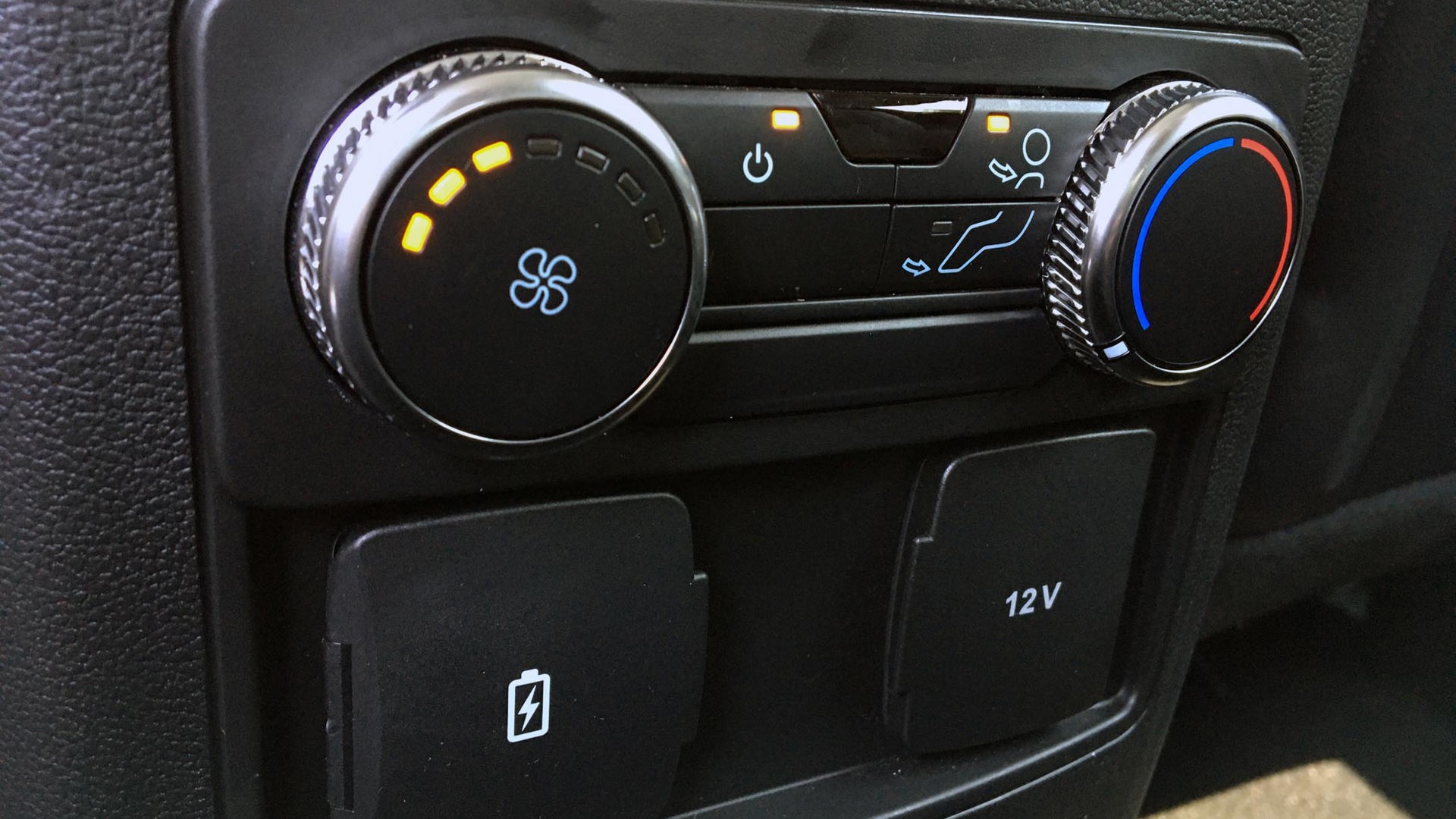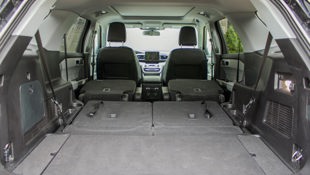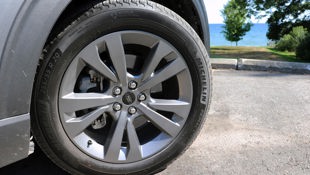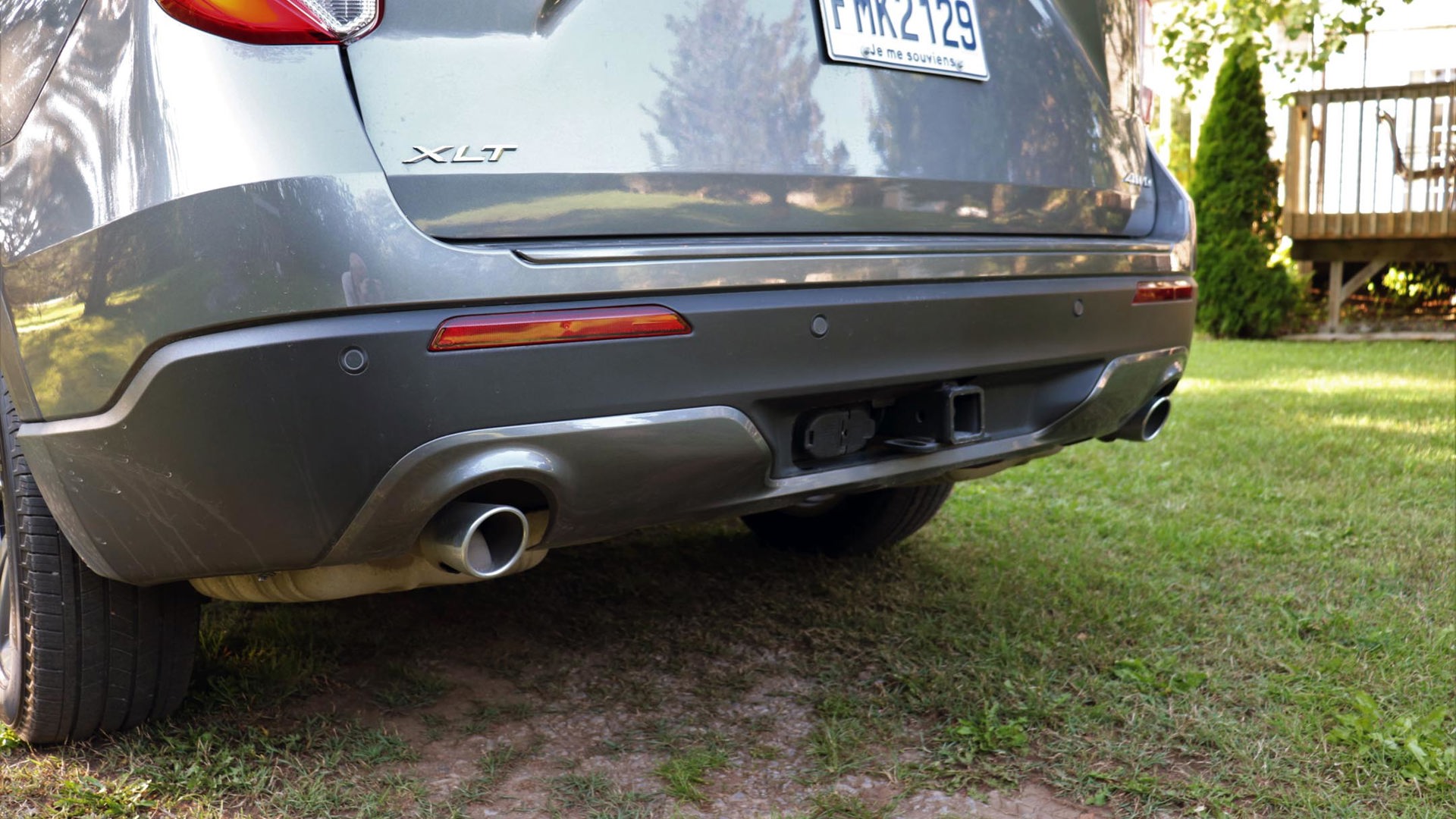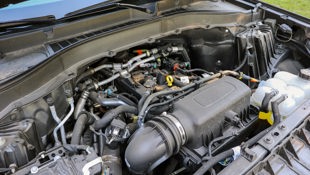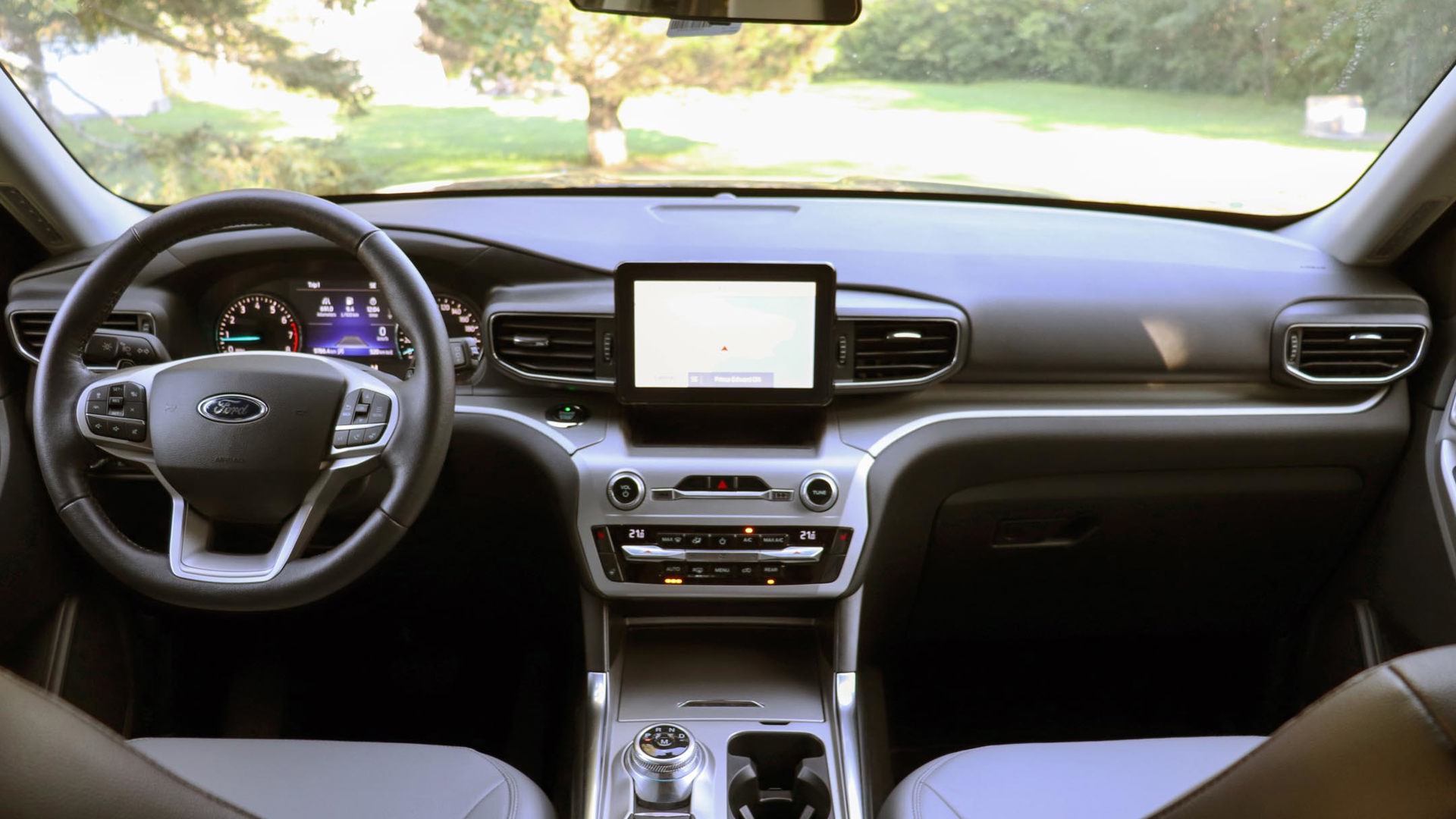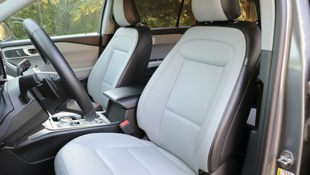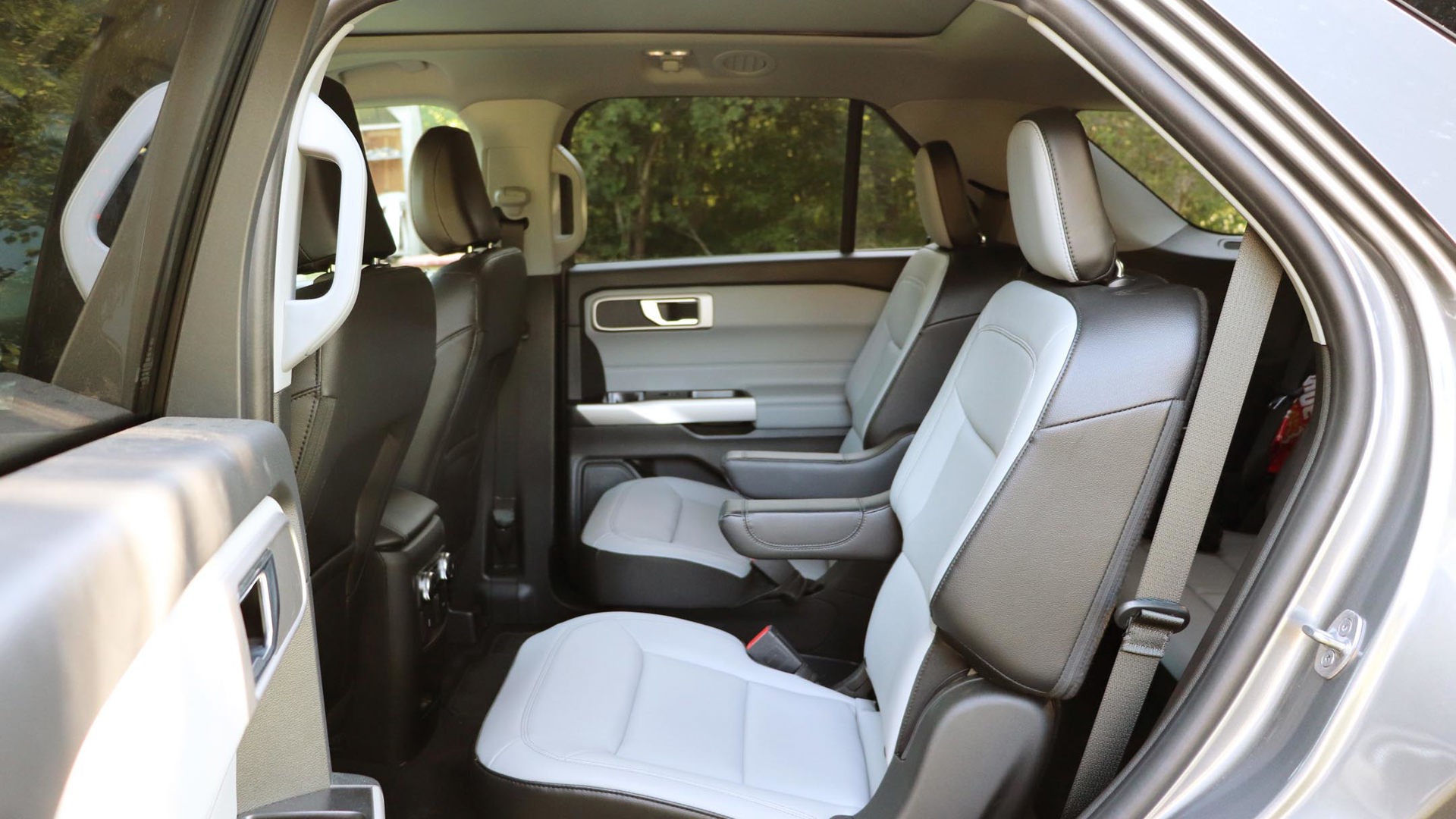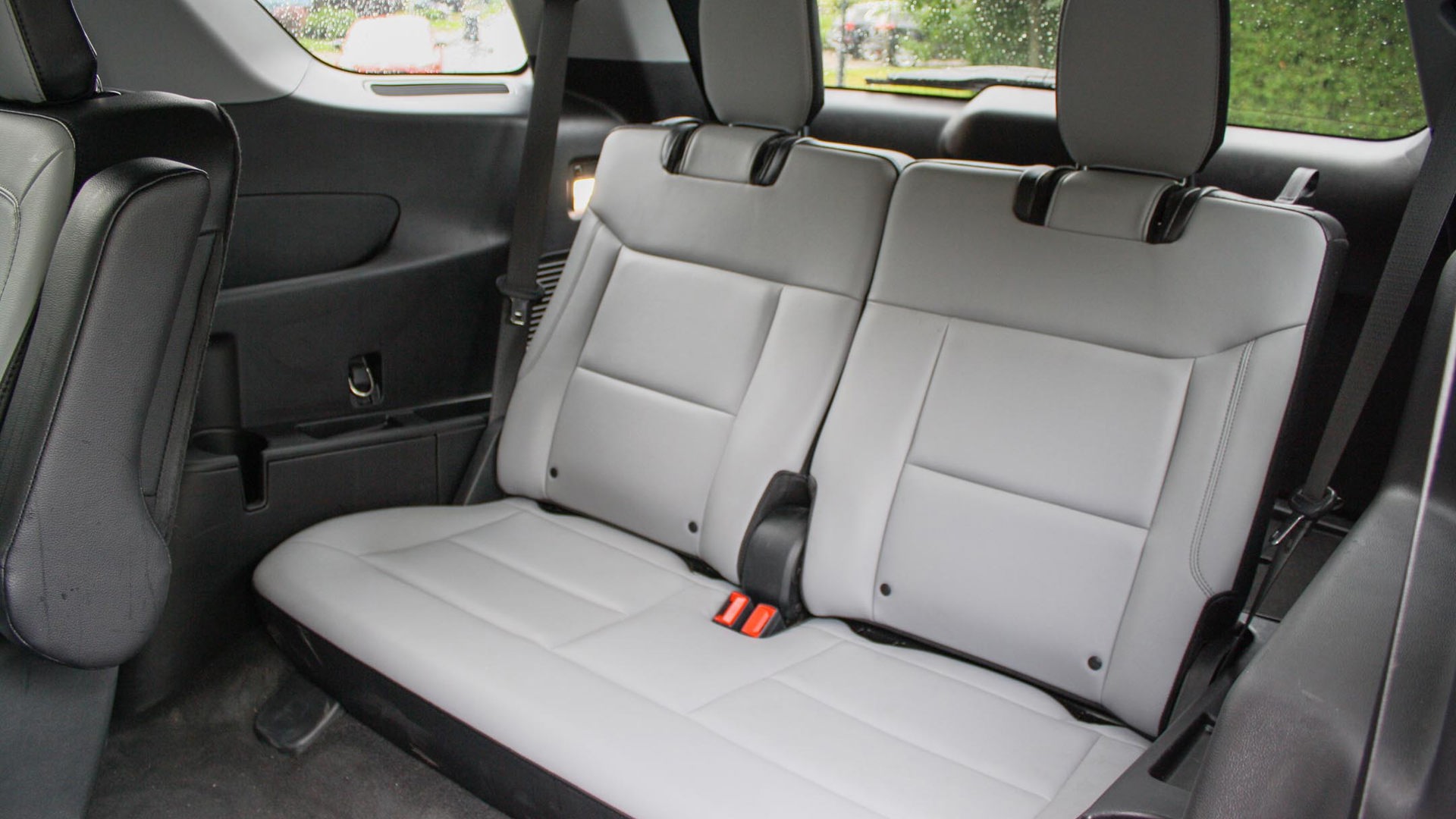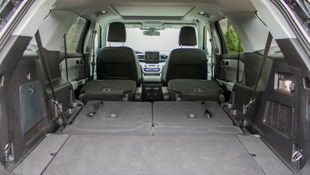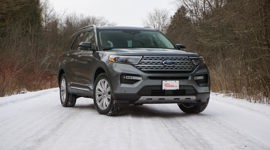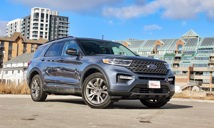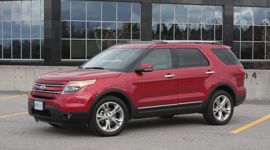Vehicle Type
Three-row SUV
History/Description
With new looks, heavily updated tech, and an all-new platform designed for stiffness and strength, the new-for-2020 sixth-generation Ford Explorer has now been on Canadian roads for three years.
Used Explorer shoppers can look for an engine lineup with four- and six-cylinder engine options, including a hybrid. The standard turbocharged 2.3L four-cylinder engine generates 300 hp, while an available 3.0L twin-turbo V6 makes 365 hp – or even more with the high-performing Explorer ST model.
The Explorer’s maximum towing capacity with V6 power clocks in at 2,540 kg (5,600 lb). A 10-speed automatic transmission is used across the board, as is an automatic four-wheel drive system with a drive mode selector.
Confident traction, stable handling, highway cruising comfort, and overall driving dynamics are key reasons to consider the Ford Explorer. The sixth-generation platform enables a more balanced rear-drive layout, which has significant advantages compared to the previous-generation machine. Key competitors include the Toyota Highlander, Kia Telluride, Honda Pilot, Nissan Pathfinder, and Jeep Grand Cherokee.
What Owners Like
On power, technology, and drivetrain smoothness, the Explorer tends to impress owners. The high-torque engine options and 10-speed automatic work seamlessly together, and the wide array of high-tech features are approachable and easy to use. The high-performing ST model is a pleasing drive with plenty of power and agility, making it a satisfying option, according to sportier drivers.
What Owners Dislike
Gripes include a choppy ride on rougher road surfaces, and some owners wish for a richer and more upscale look and feel to parts of the Explorer’s cabin for the dollar – especially in pricier models. Others wish for more agility and less workload when parking and manoeuvring in tight quarters, blaming a slow and heavy steering feel in these situations.
Suspension Noise Check
Plenty of owners have chimed in with reports of unwanted suspension noise from their Explorers, which often relate to front end issues. On your test drive, consider a pass down a rough road surface to be mandatory. As you drive, test the brakes with light and moderate pressure several times, ideally in a manner that subjects the front suspension to forces from both braking and absorbing bumps at the same time. Listen closely for one or more clunking, clicking, popping, or snapping sounds as you drive (and apply braking) over bumpy road surfaces like these.
Owners report various sources for unwanted noises, including strut tower braces, suspension components, motor mounts, and even the vehicle’s anti-lock braking system and brake hardware. In some cases, multiple dealer visits were required to fix the unwanted sounds, sometimes with replacement parts.
Some owners have reported problems. Many have not. Still, if the used Explorer you’re considering makes any of the unwanted sounds as described above, you’re probably best to move to another unit.
Paint, Body, Bumpers
In direct sunlight, take a few moments to carefully inspect the paint, body, and bumpers of the Explorer you’re considering. Some owners have reported various paint defects including blobs, runs, creases, or painted-over welding splatter. Most have not. Pay close attention to the rear of the vehicle’s body, around the taillights.
While checking over the Explorer’s body, be sure to carefully inspect the headlight housings for signs of condensation or moisture, which can cause trouble. Further, ensure there’s no physical damage to the Explorer’s bumpers, taillight, or windshield, which could negatively affect the operation of one or more built-in safety systems.
Battery Trouble
Numerous owners have reported battery-related trouble from their sixth-generation Explorers, including the onset of a so-called “Deep Sleep” mode that’s designed to conserve power when the vehicle’s battery is weak, or when it’s being parked for an extended period.
Some owners have reported that the Explorer’s vehicle-to-smartphone diagnostics will reveal a battery that’s put into this power-saving mode after just a few days, or even hours. This is the Deep Sleep function doing its job, but also a sign of a weak or problematic battery. Cancelling Deep Sleep mode is simple – just start the engine.
Still, many members of the Explorer owner’s community recommend the use of a battery trickle charger any time the vehicle will be parked for more than a few days to help extend battery life and reliability. To help reduce unwanted battery drain from your new-to-you Explorer, be sure to store remote keyfobs far away from the vehicle, and to unplug all on-board electronics while you’re parked. Software updates, installed by dealer technicians, can help eliminate some sources of unwanted battery drain, though testing and replacing a poorly-performing battery is likely the most important step to fend off trouble here.
Check the Tech
The Explorer you’re considering likely has numerous high-tech features you’re excited to enjoy – but be sure to carefully check a few specifics for signs of trouble on your test drive. First, confirm all motorized adjustments, the memory system, and (especially) the massaging seat function, if equipped, are all working consistently and as intended. Some owners have had issues with non-functional or sporadically-functional massage seats. Revised system wiring components may be required to fix this problem.
Next, carefully check all displays in the Explorer’s digital instrument cluster, making sure you’re able to call up and manipulate various on-screen menus and sub-displays. Ensure you’re able to adjust cluster brightness, and that the cluster brightness changes on its own as you turn the vehicle’s headlights on and off. Confirm that the trip meter works properly as well. Some digital instrument clusters require a corrective software update to remedy bugs.
Check the back-up camera and parking camera systems as well. Put the vehicle in reverse gear, remain stationary, and observe the back-up camera display for a few moments. While calling up all possible camera angles (if applicable), confirm that image quality is satisfactory, and that the video feed doesn’t freeze or flicker. Note that these specific issues seem more prevalent on 2020 units, and that while some owners have reported trouble, most have not. If you notice any trouble, be sure to have a professional investigate before you buy.
Check Under the Cargo Floor
When test-driving a used Ford Explorer, there are two very good reasons to check underneath its cargo floor. First is to find out if the Explorer you’re considering is suffering from the sort of water leak reported by some owners. Water leaks like this can be caused by issues with the vehicle’s sunroof, brake lights, roof rails, or even windshield sealing. Often, leaks like these will cause water to accumulate in the spare tire well, so look for clues like standing water, rust, mould, or foul smells after you’ve removed the cargo floor cover. If you notice any wetness, moving to another vehicle is typically best.
While you’re in the spare tire area, check to see what you’re going to be working with in the event of a flat tire. Models with run-flat tires can’t typically be repaired after a puncture, though they can be driven for a limited distance at a reduced speed – ideally straight to a tire shop for a replacement tire.
Conversely, conventional tires can typically be repaired after a puncture, but will require swapping on a temporary or full-sized spare, or using a tire mobility repair kit. Before you buy a used Explorer, ensure you know which spare tire or mobility provisions are included, and ensure they’re in tip-top shape. Regular tire pressure checks (including the spare tire, if applicable) can increase tire life and prevent unpleasant surprises.
Recall Work
Here’s a list of recalls. You can check your used Ford Explorer for outstanding recalls here. After buying a used Ford Explorer, consider calling Ford Canada (1-800-565-FORD) to provide your vehicle and contact information, ensuring you’ll be notified of any new recalls.
Safety Ratings
NHTSA: 5/5 Stars (2020)
IIHS: Top Safety Pick+ (2020)
